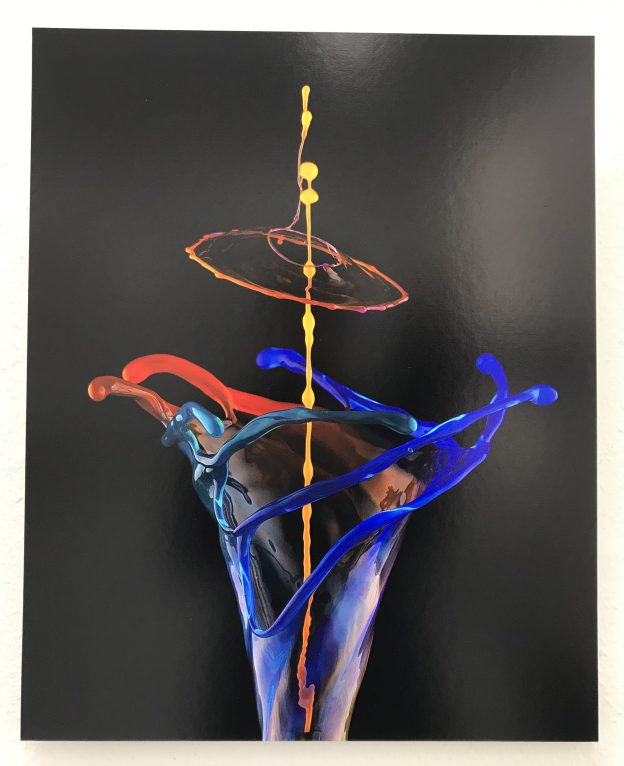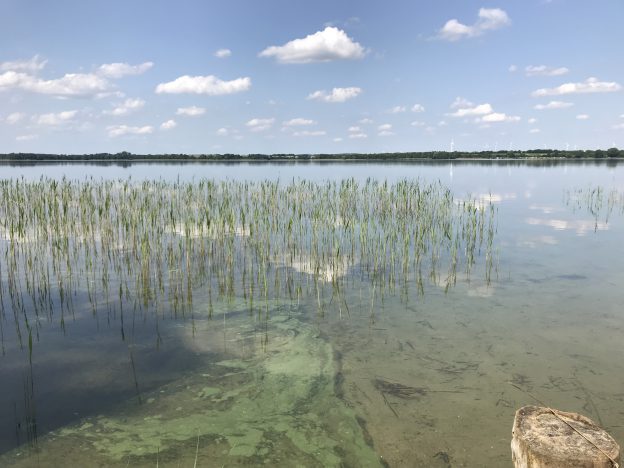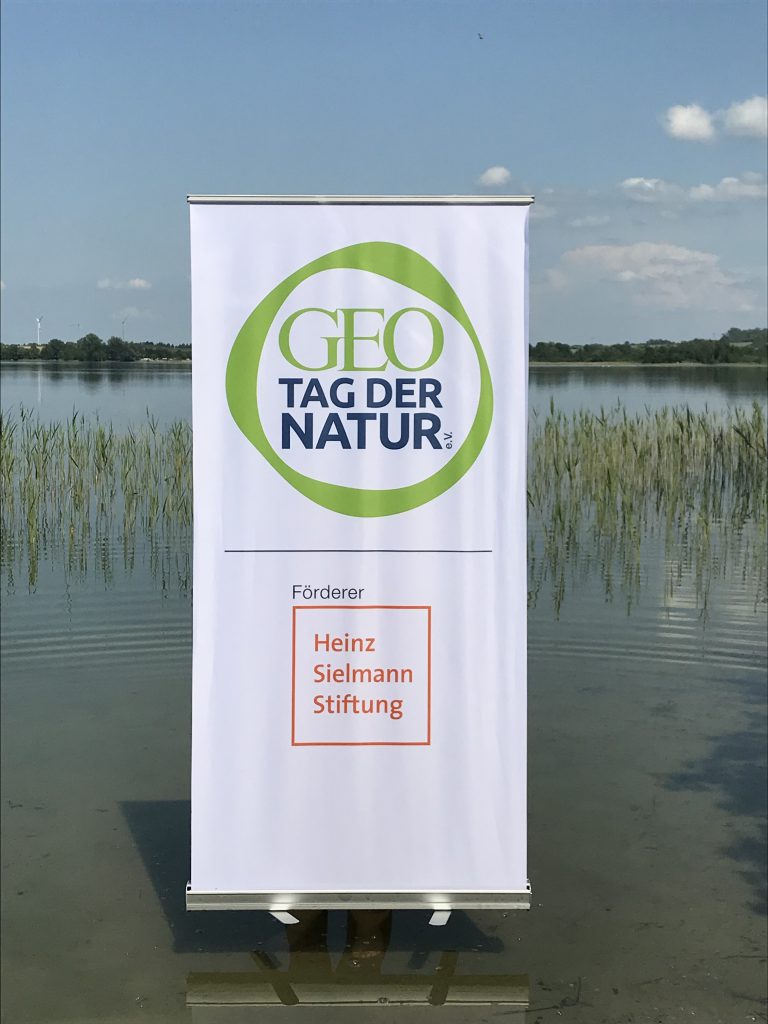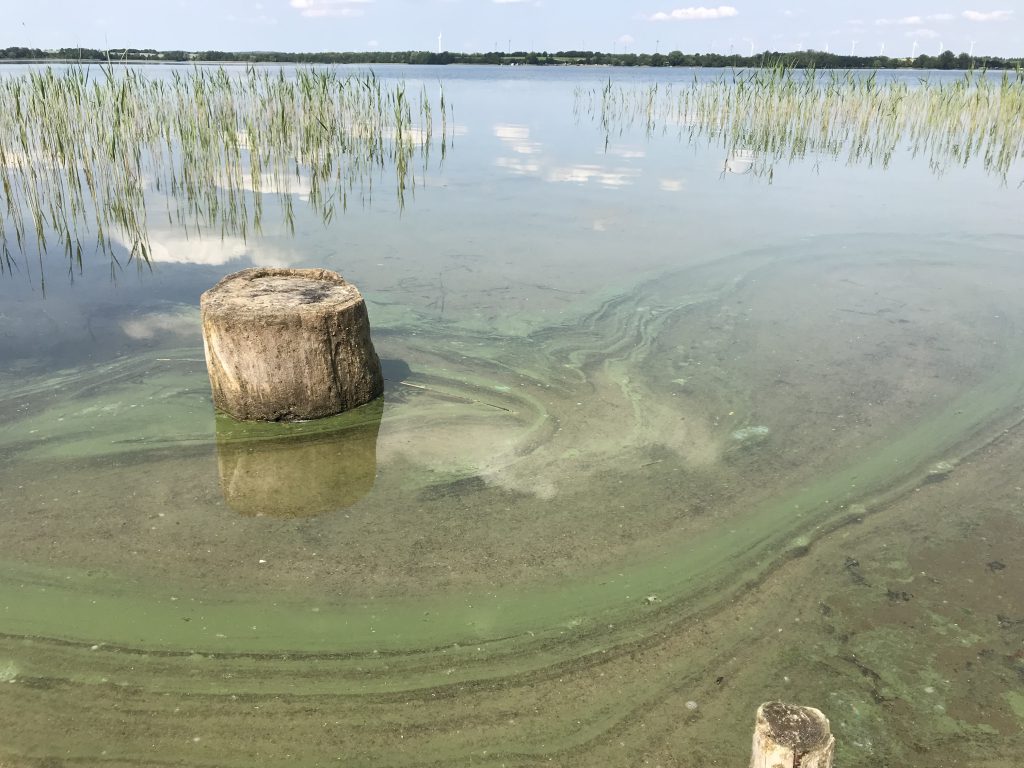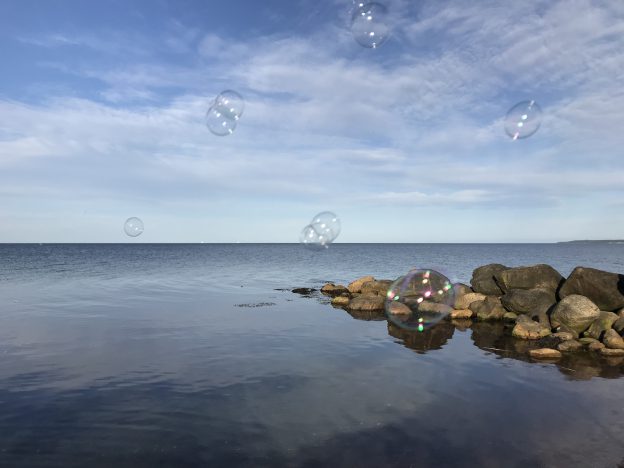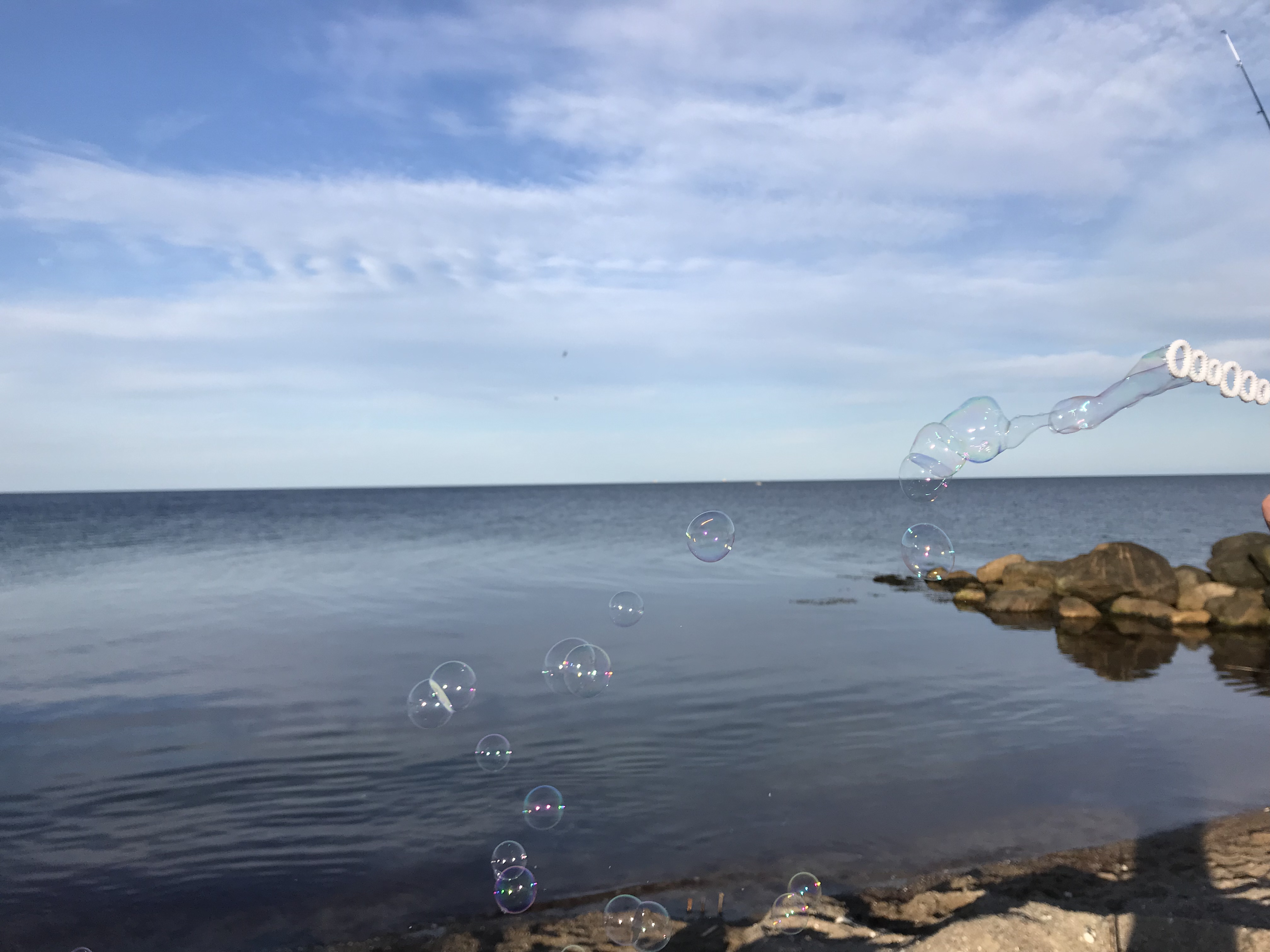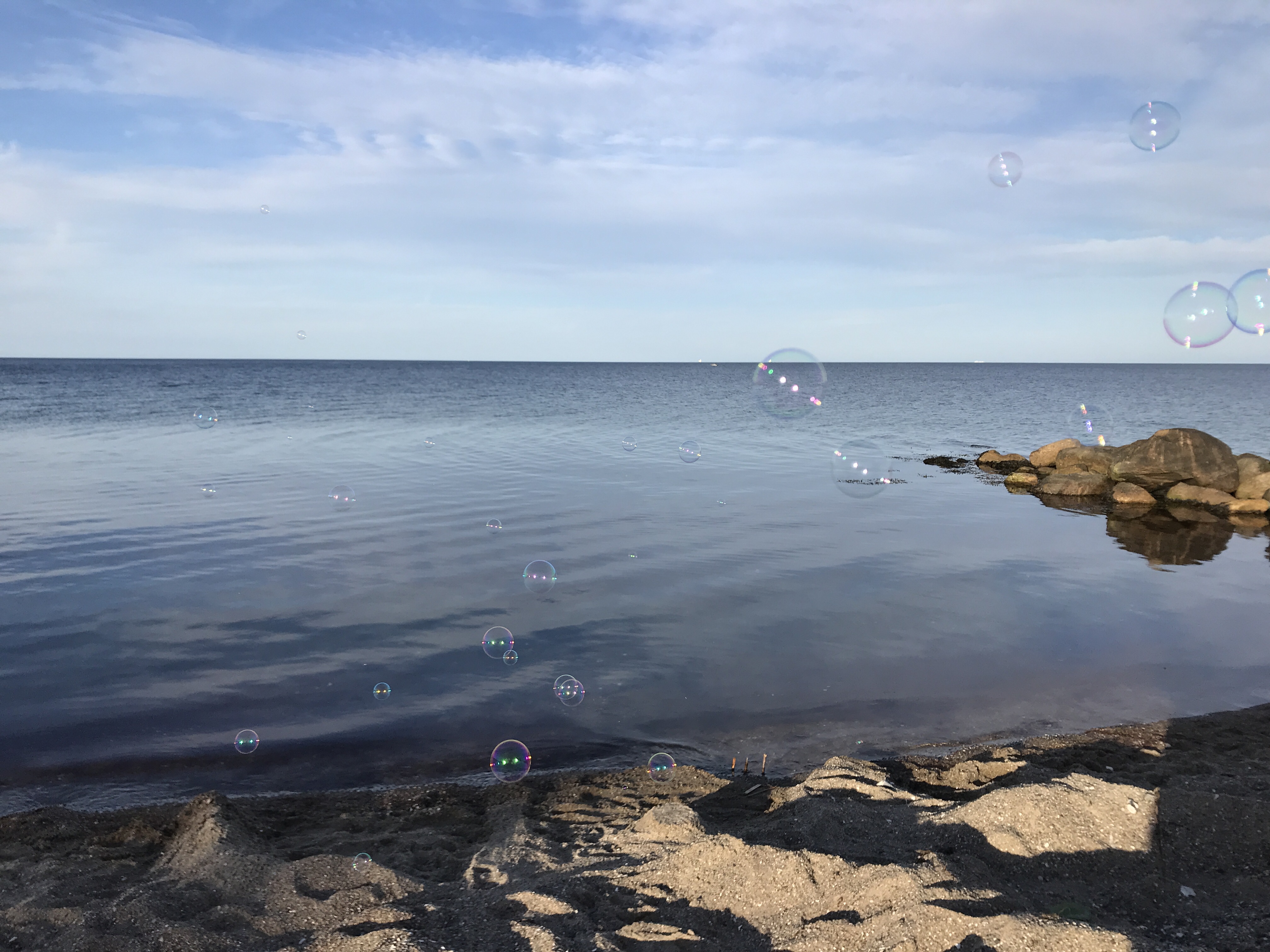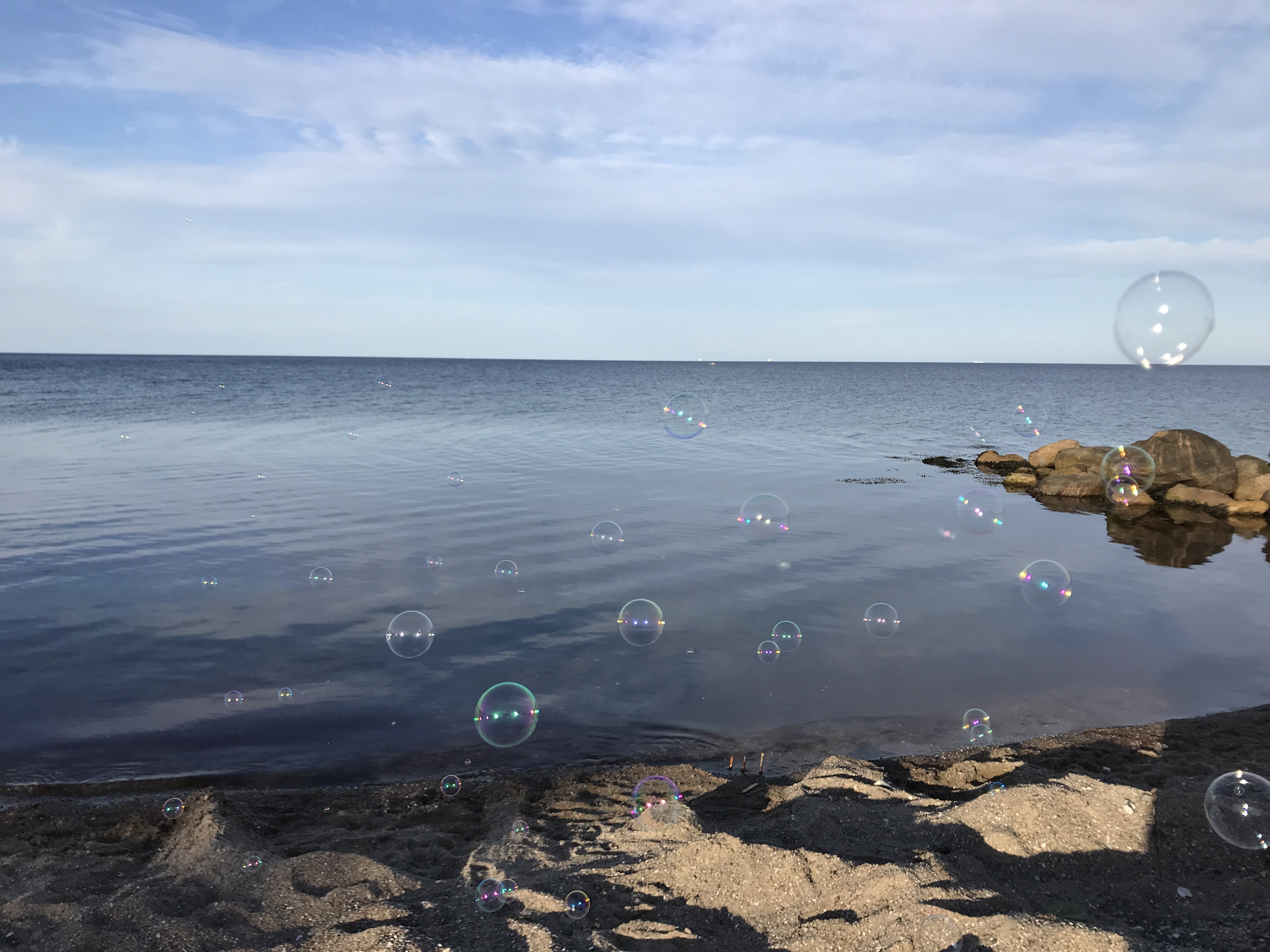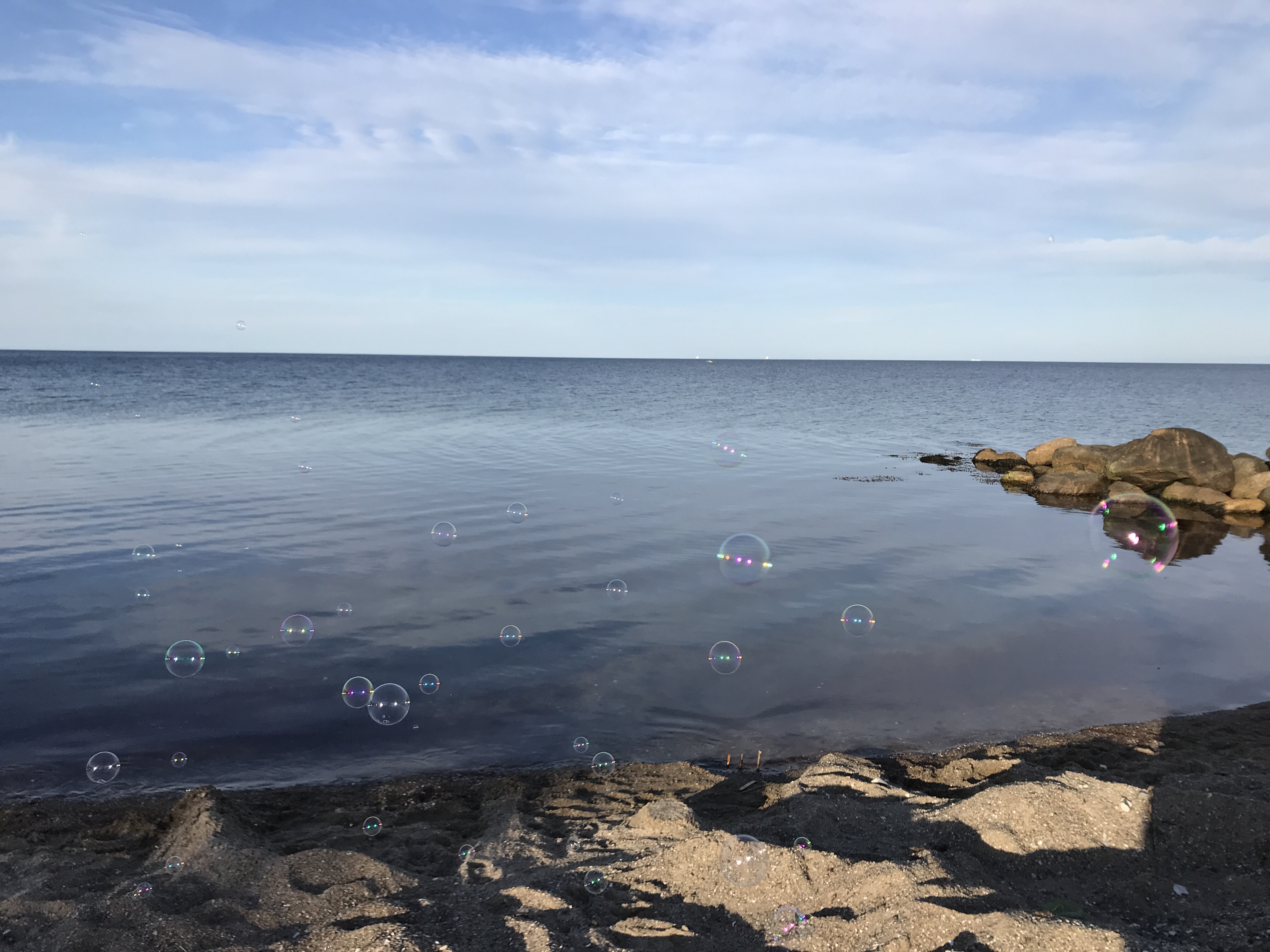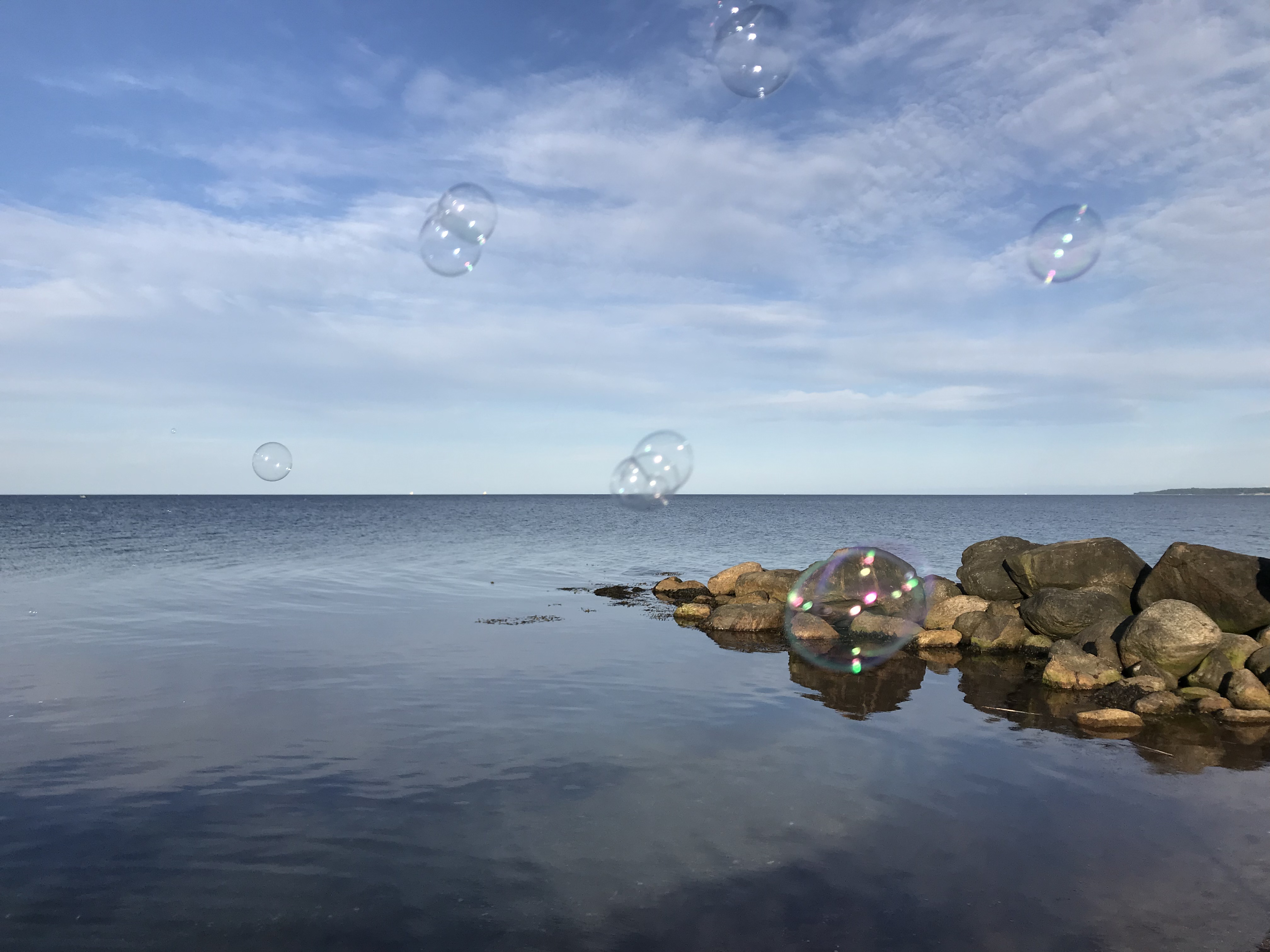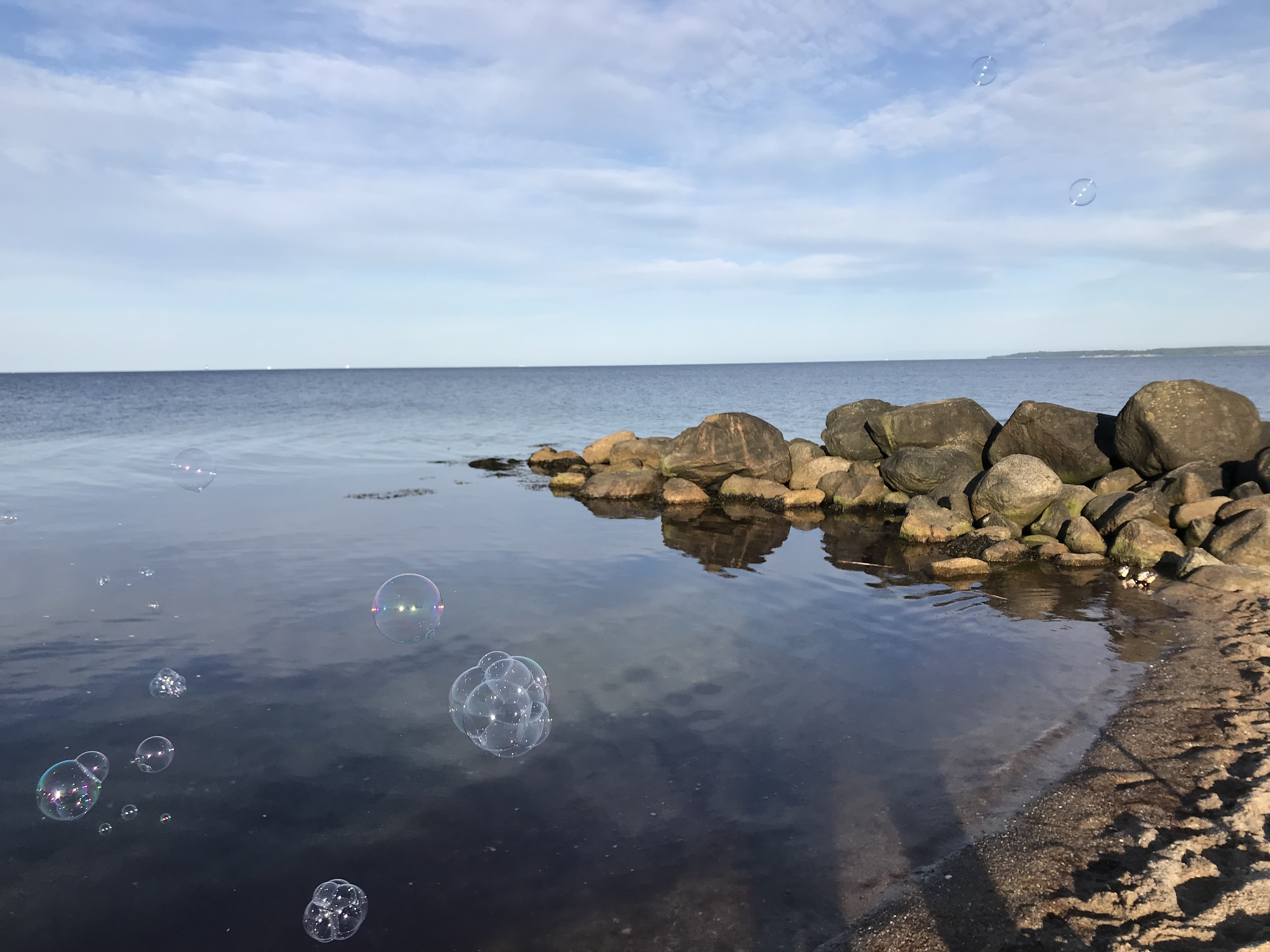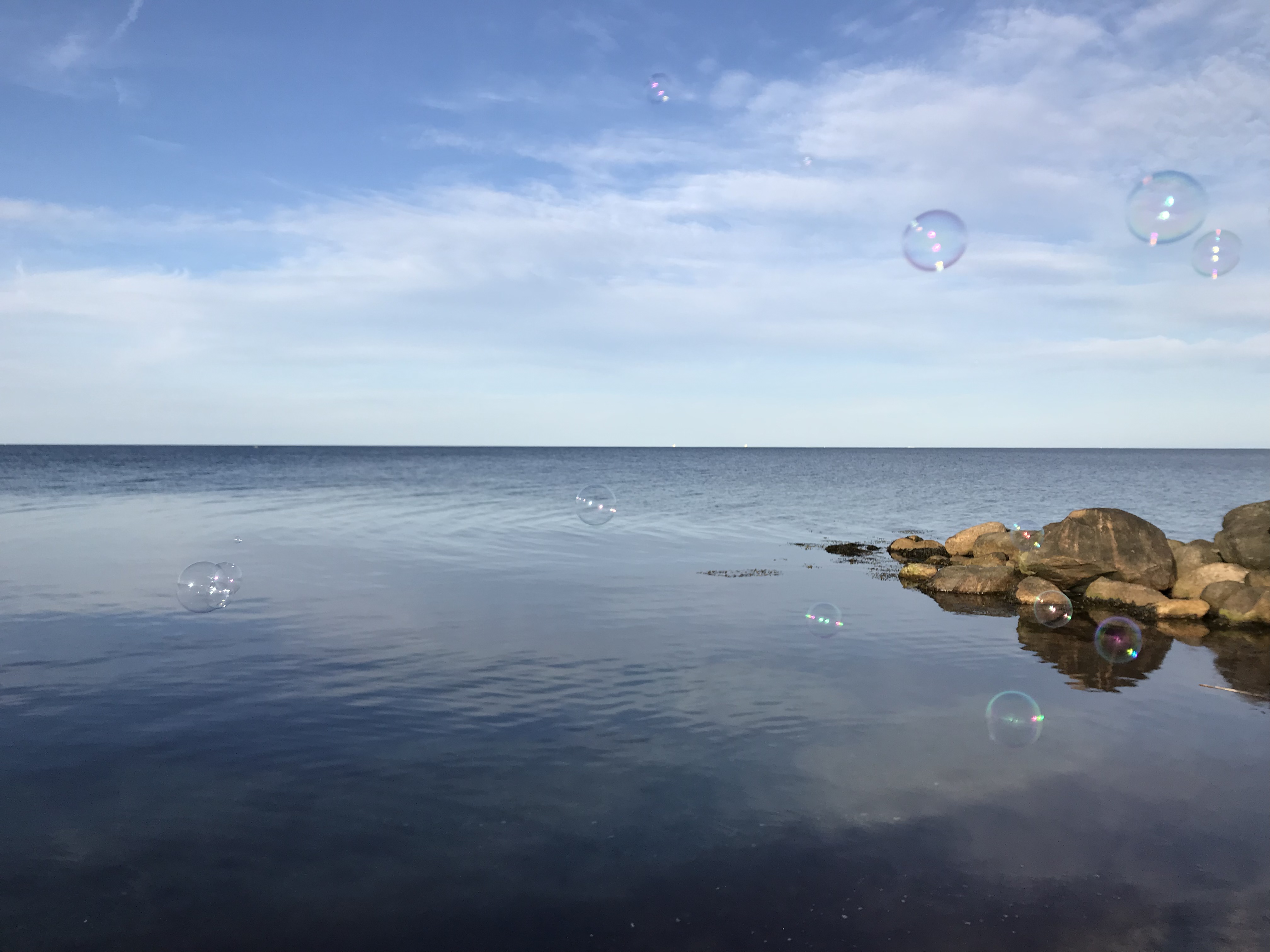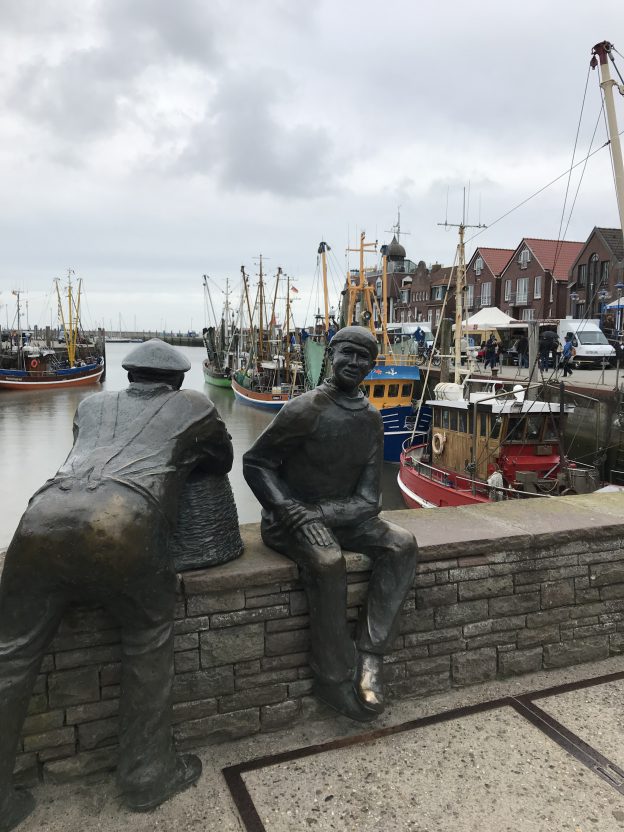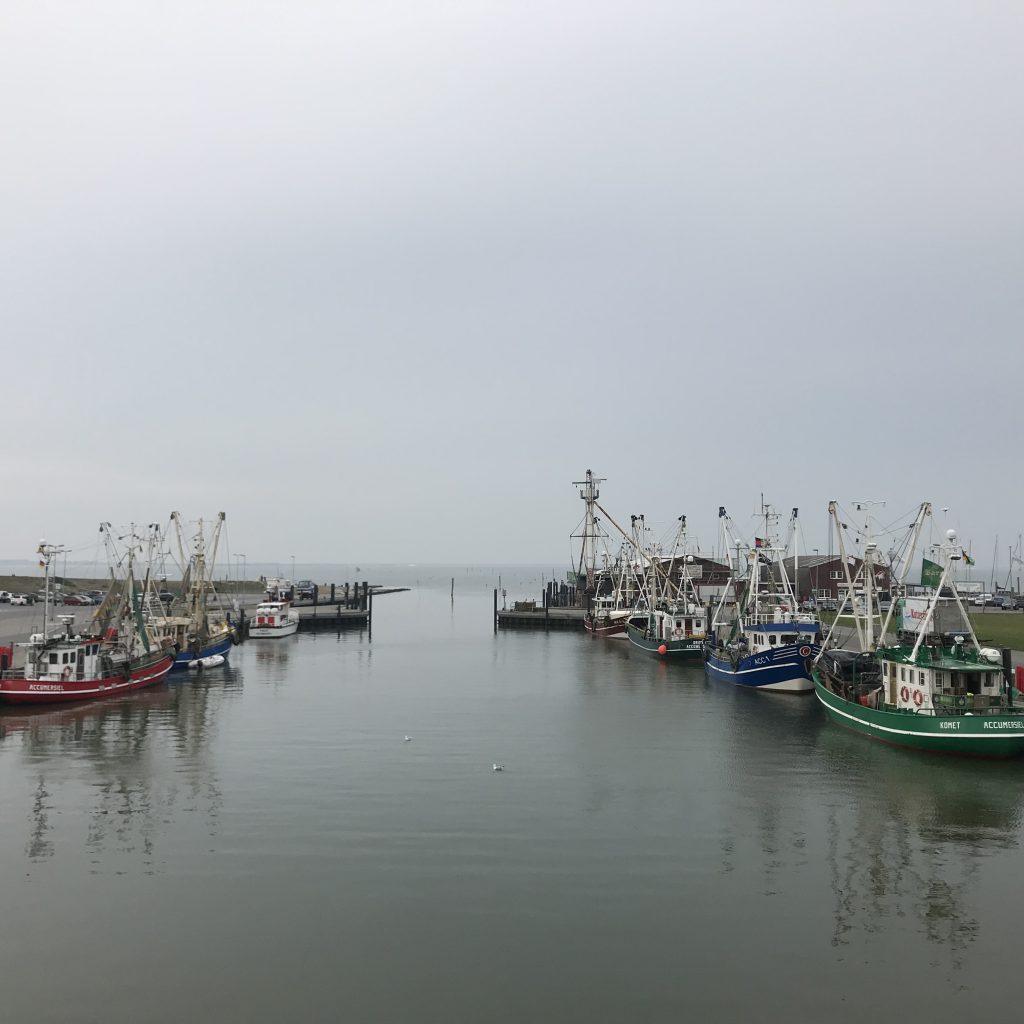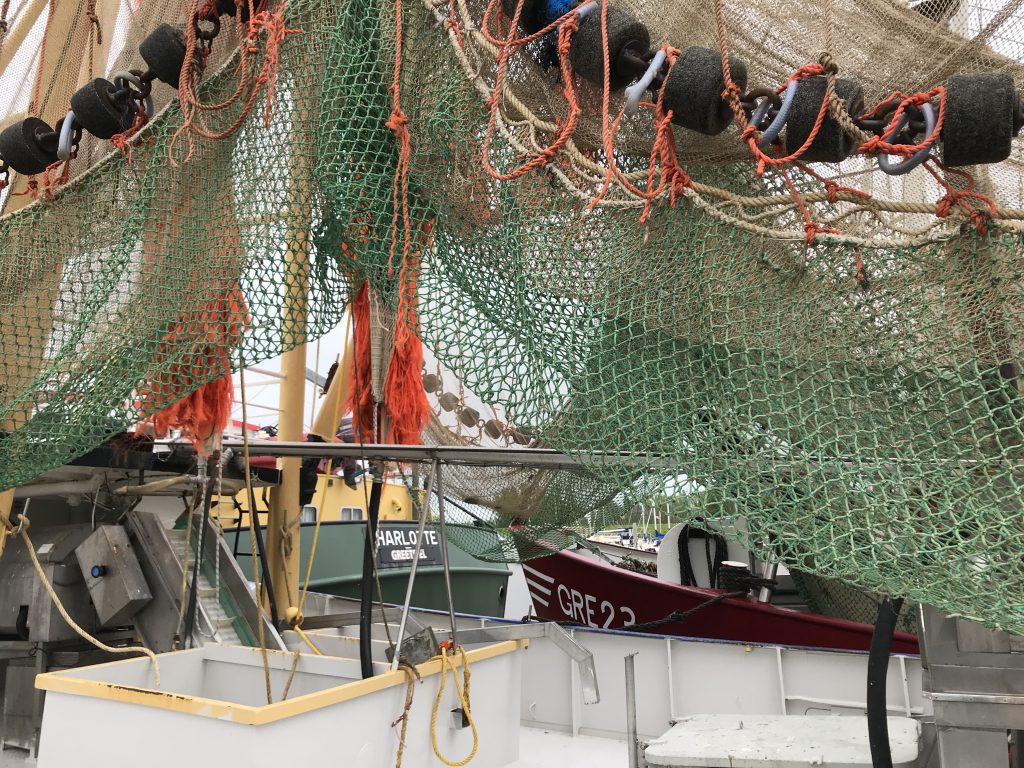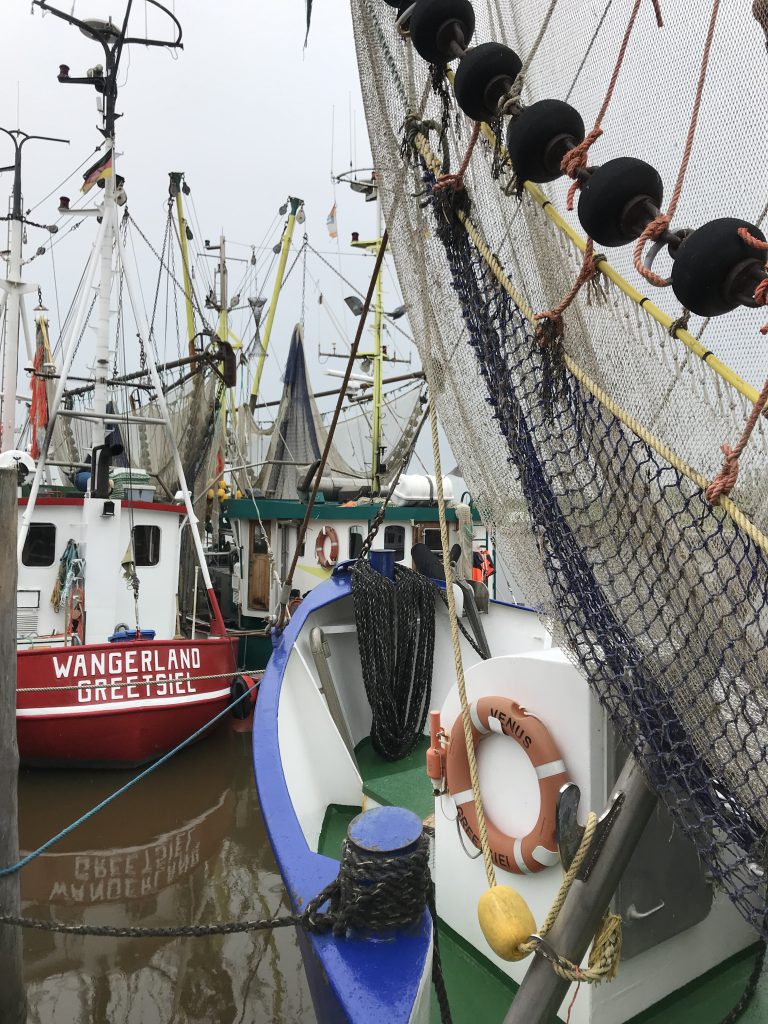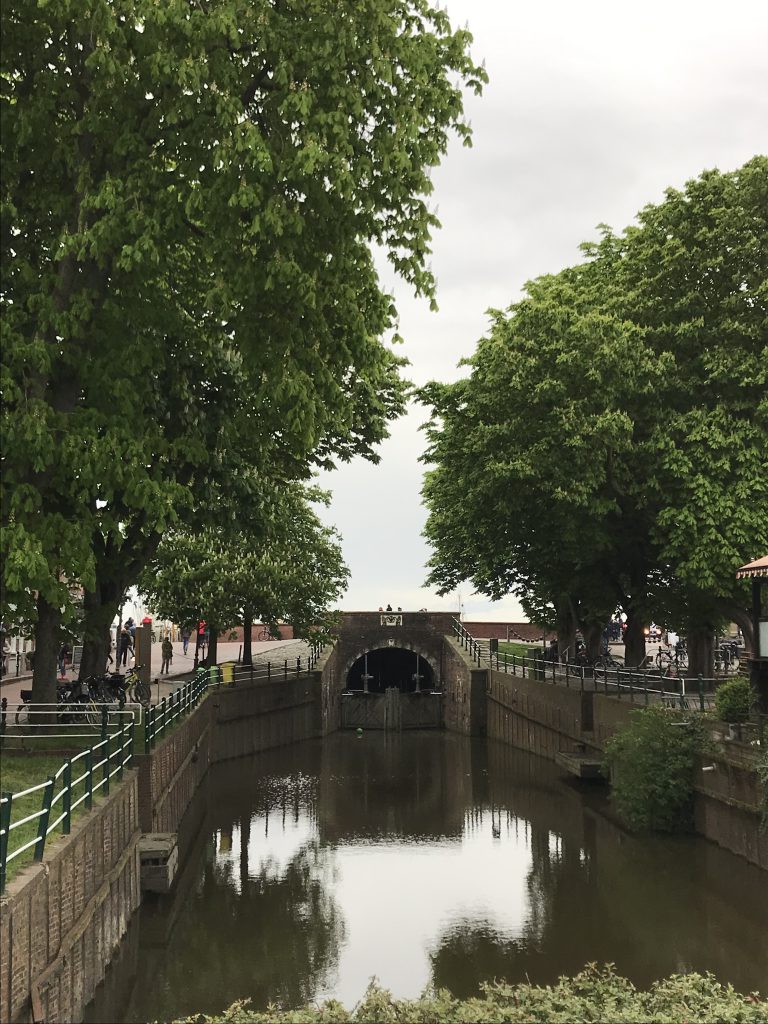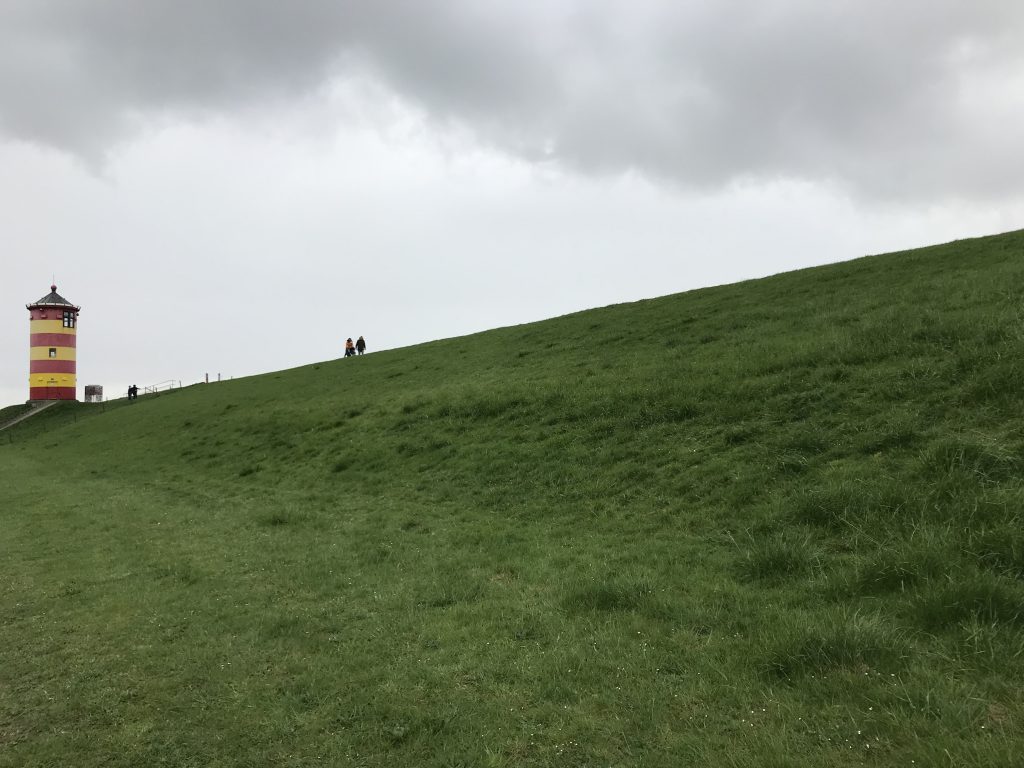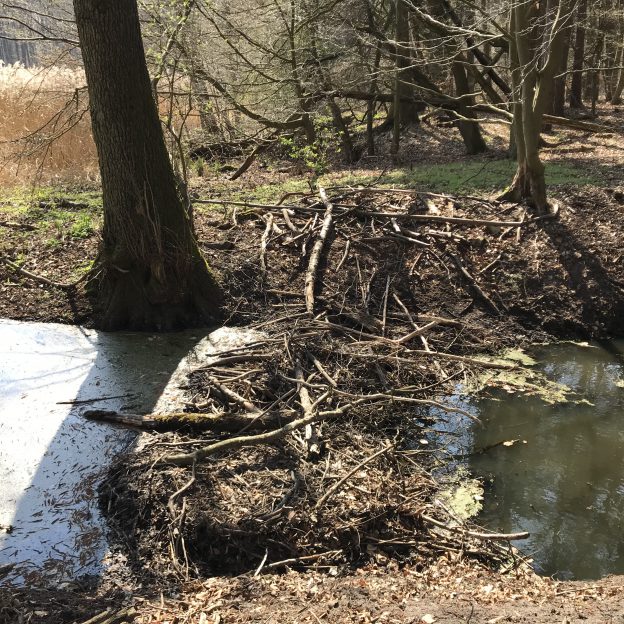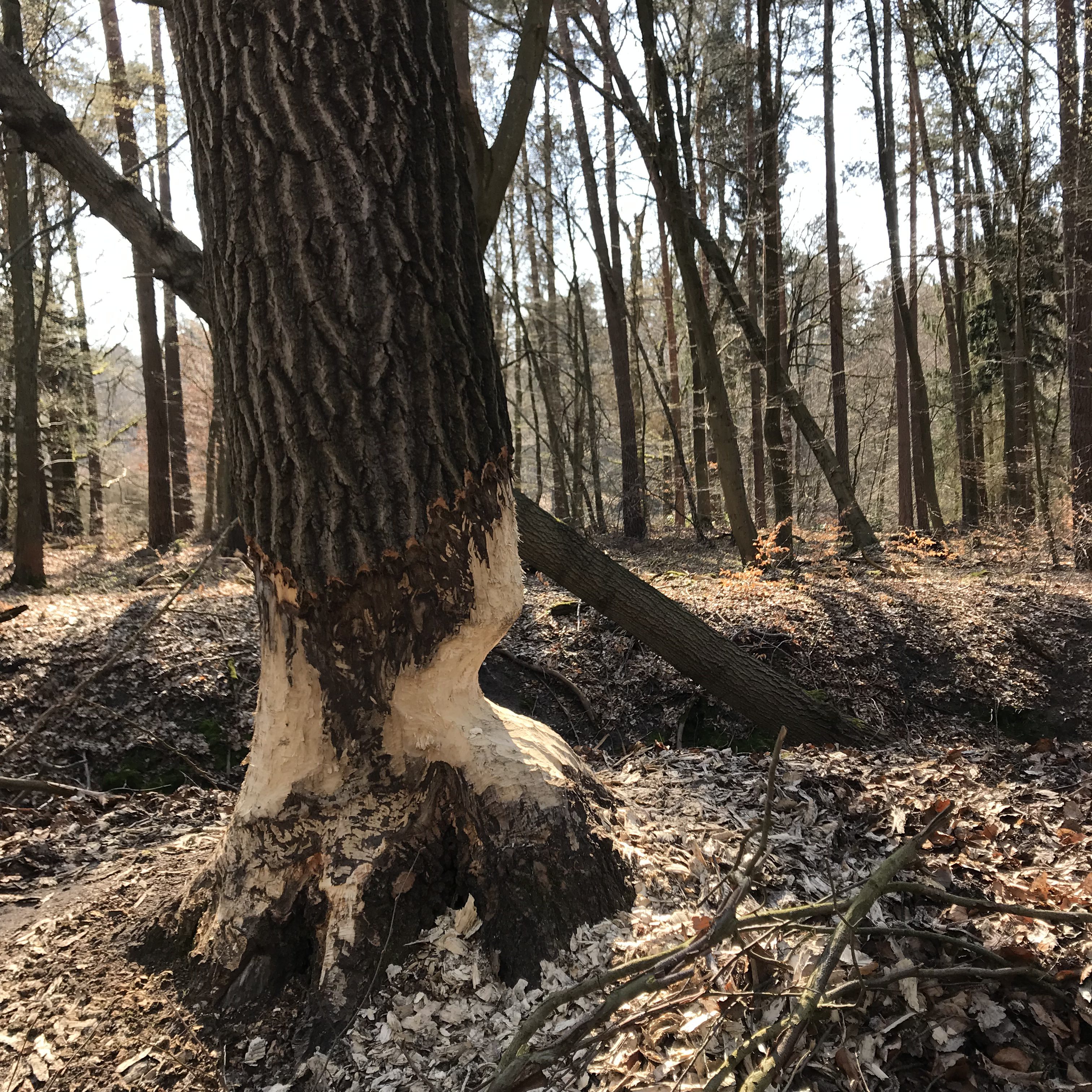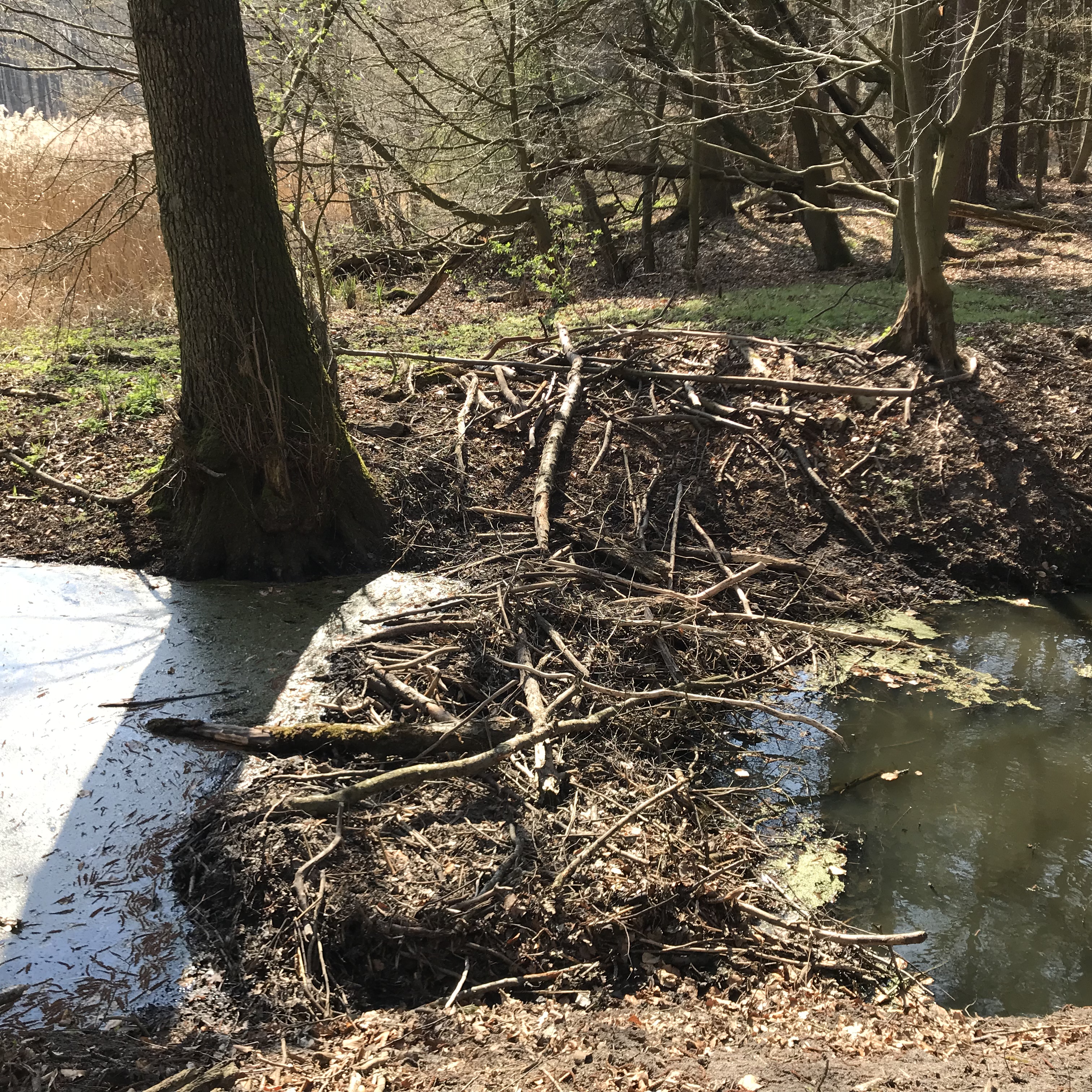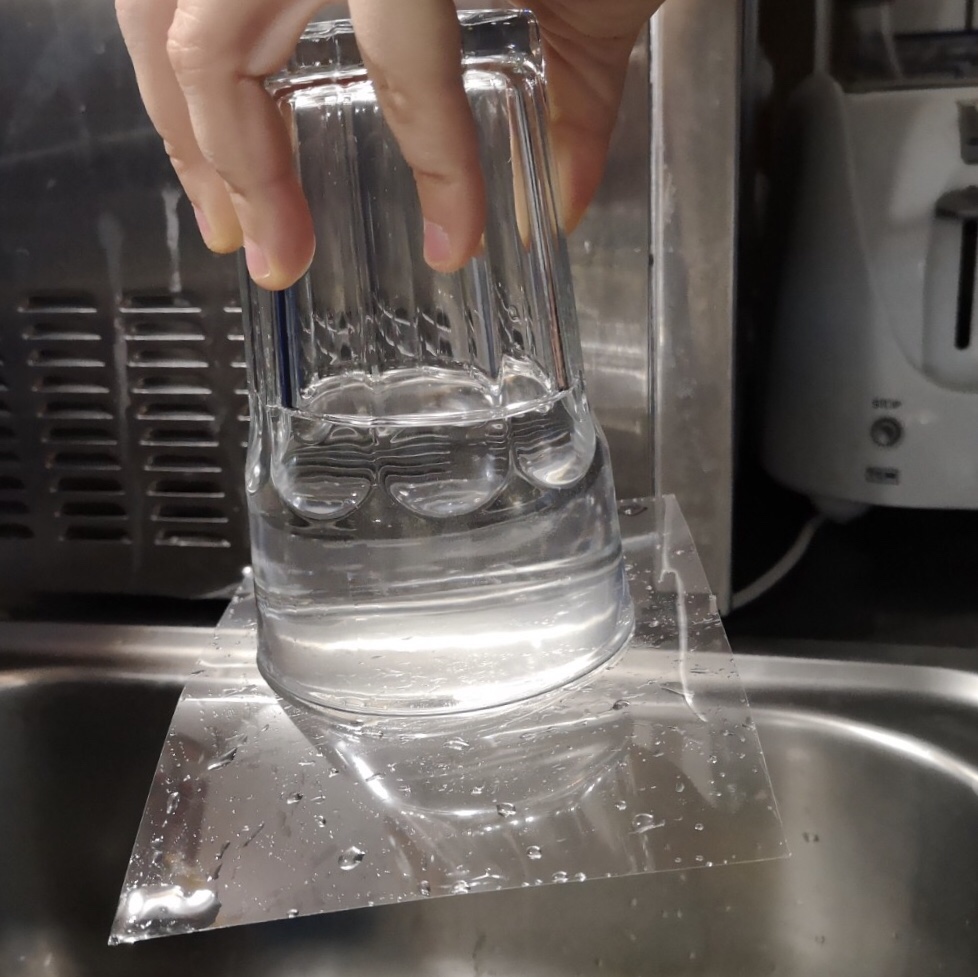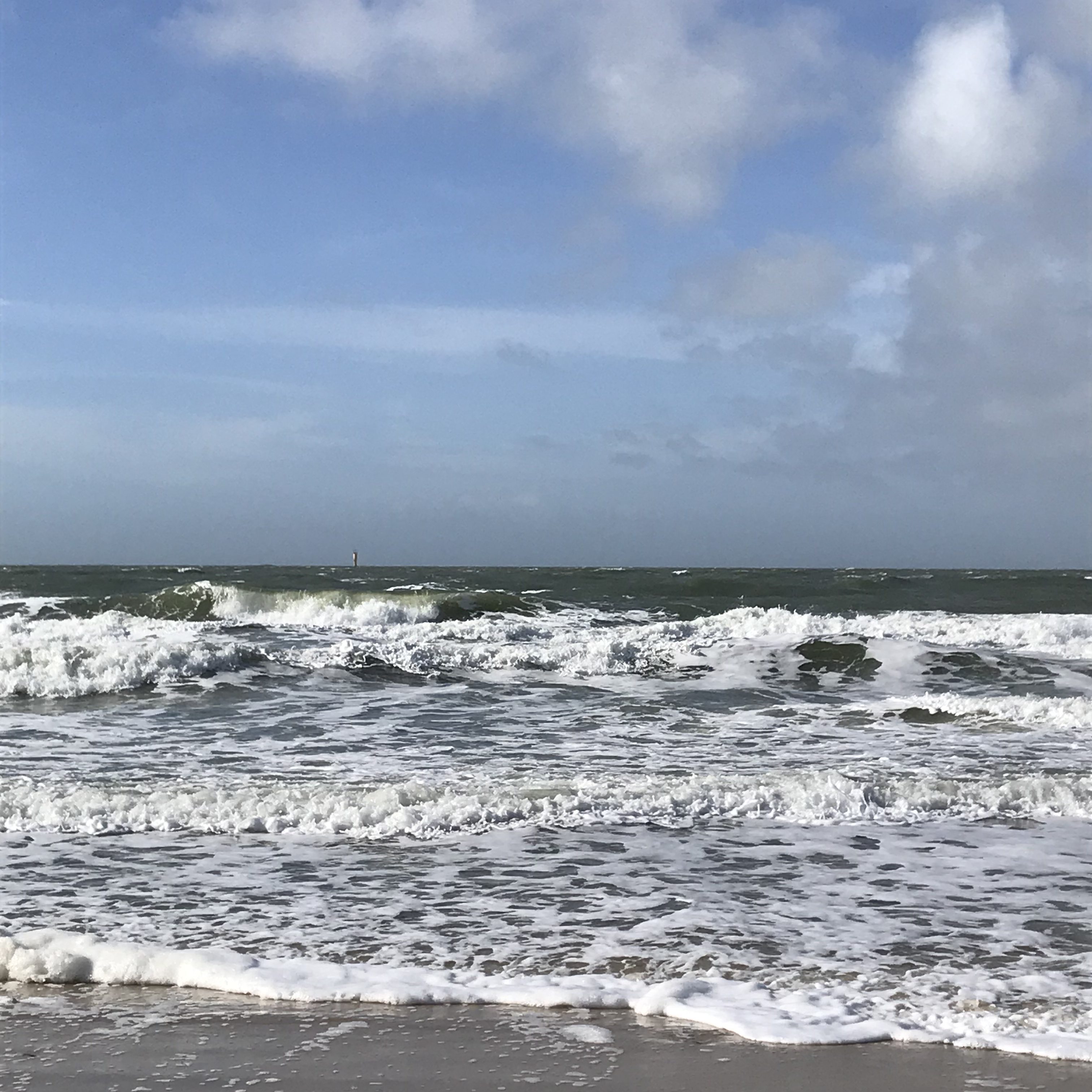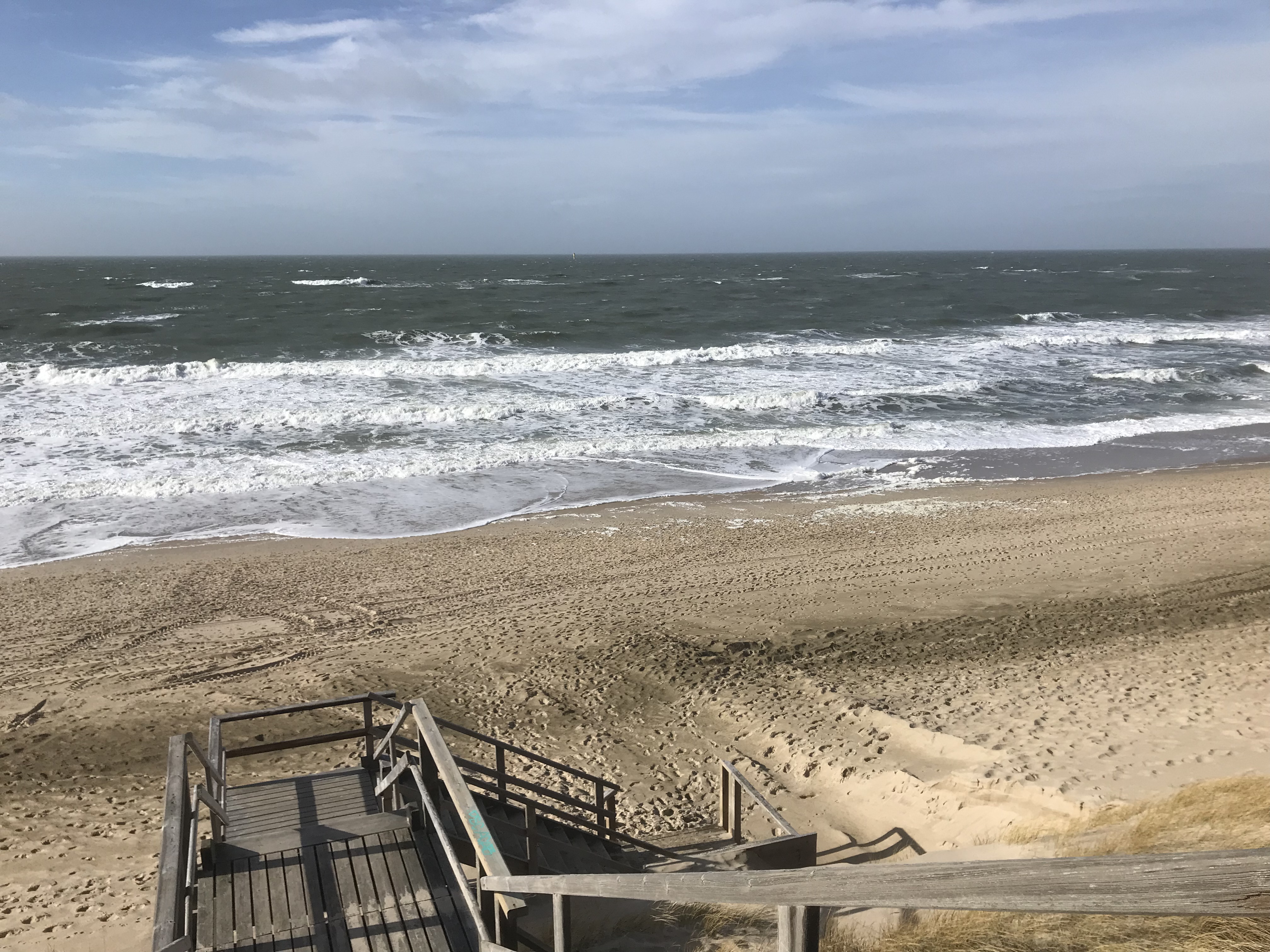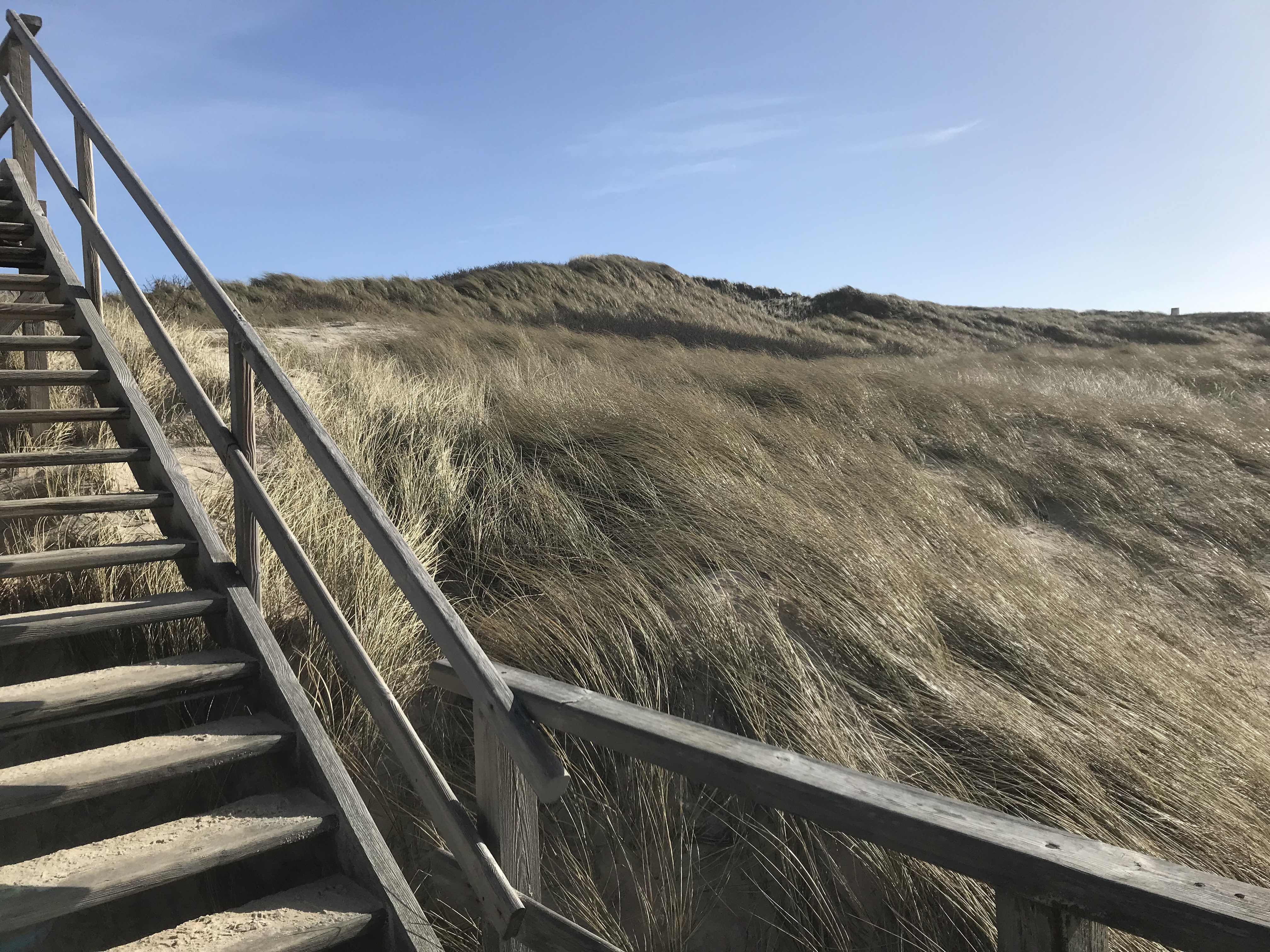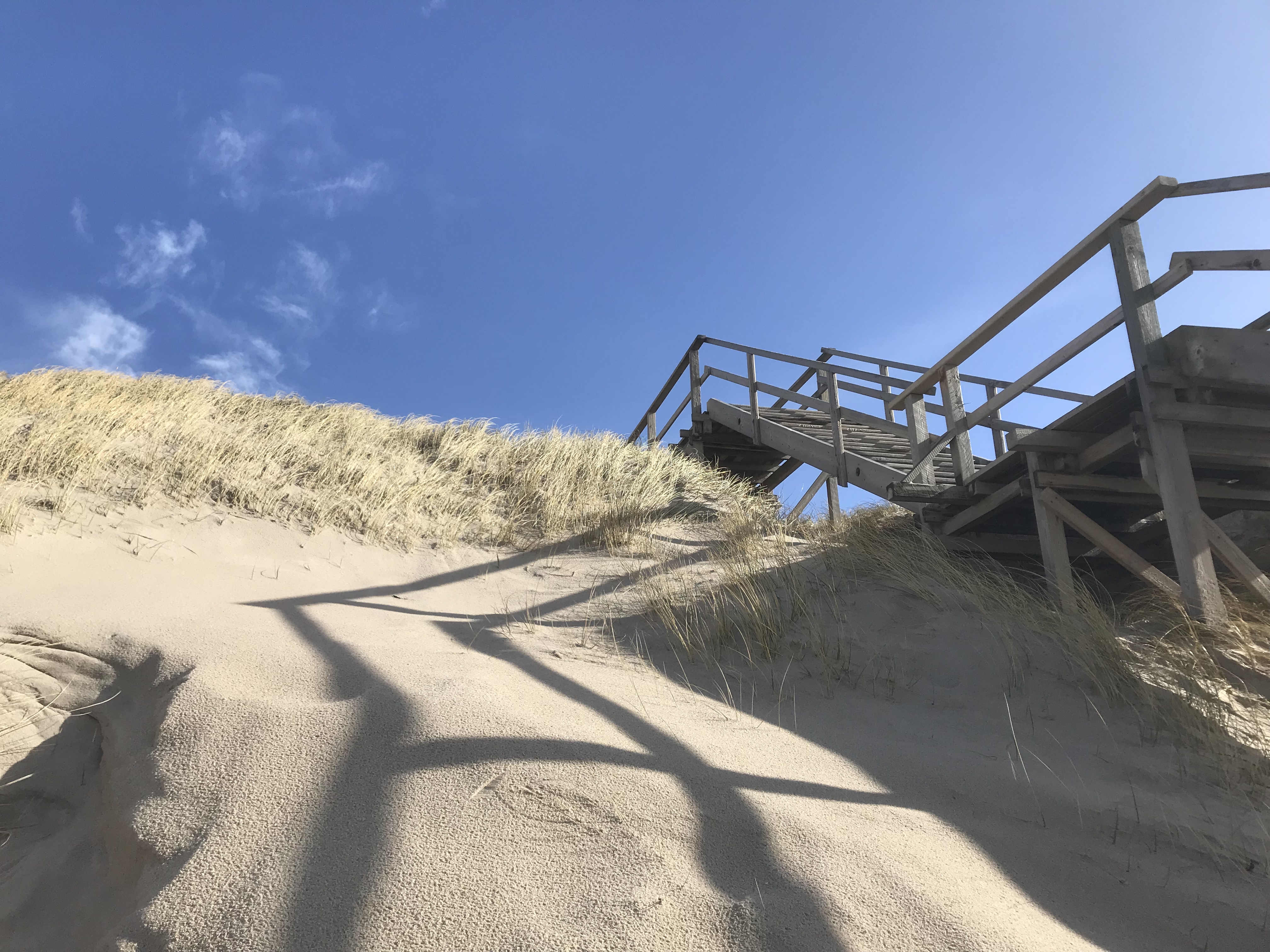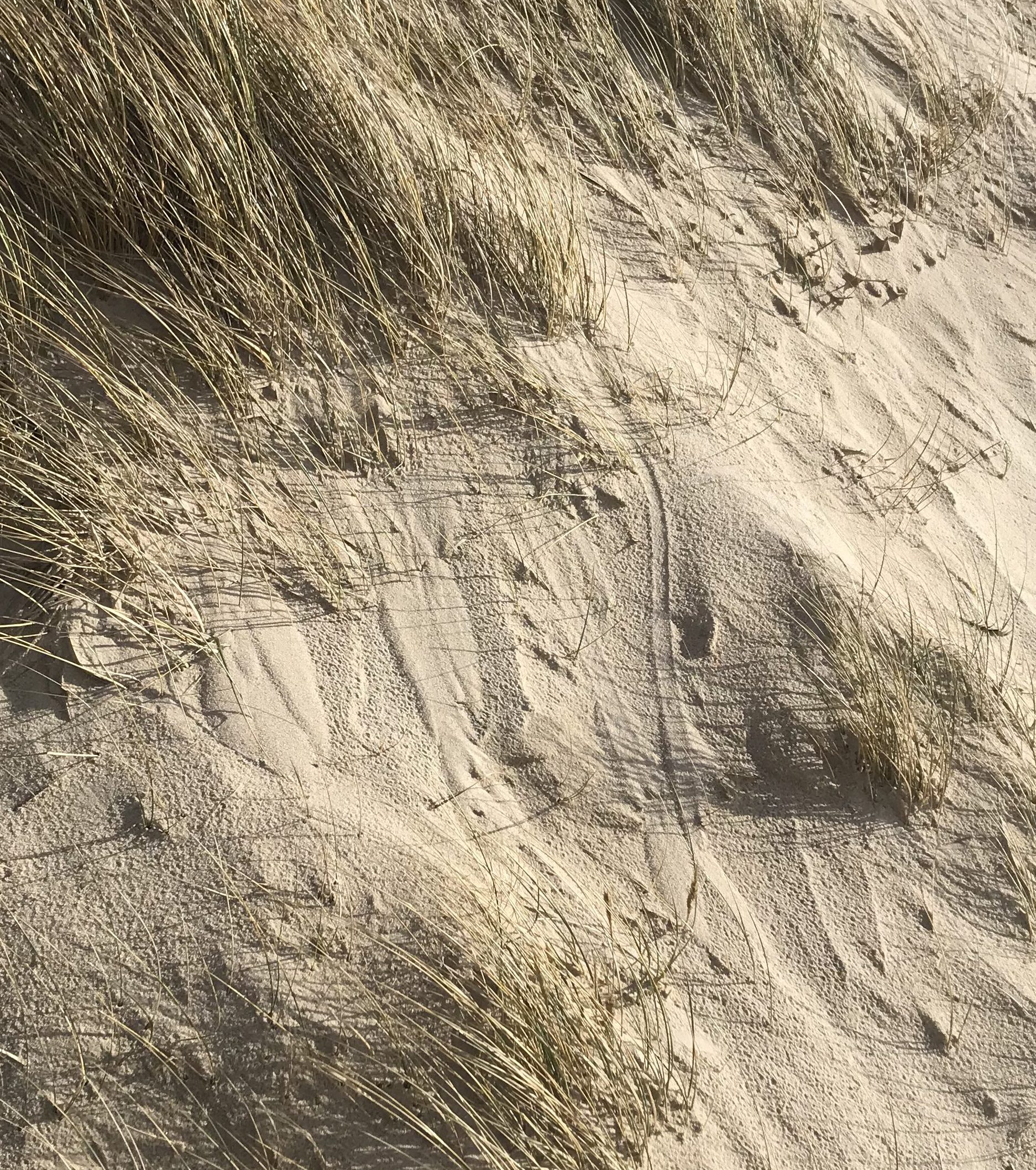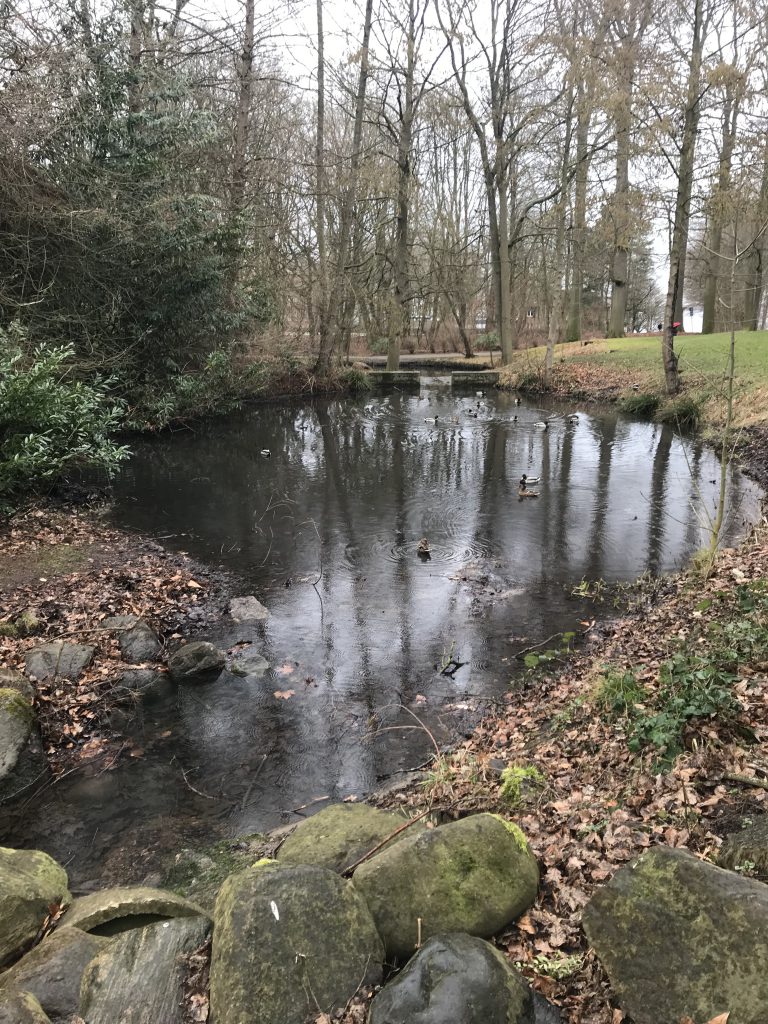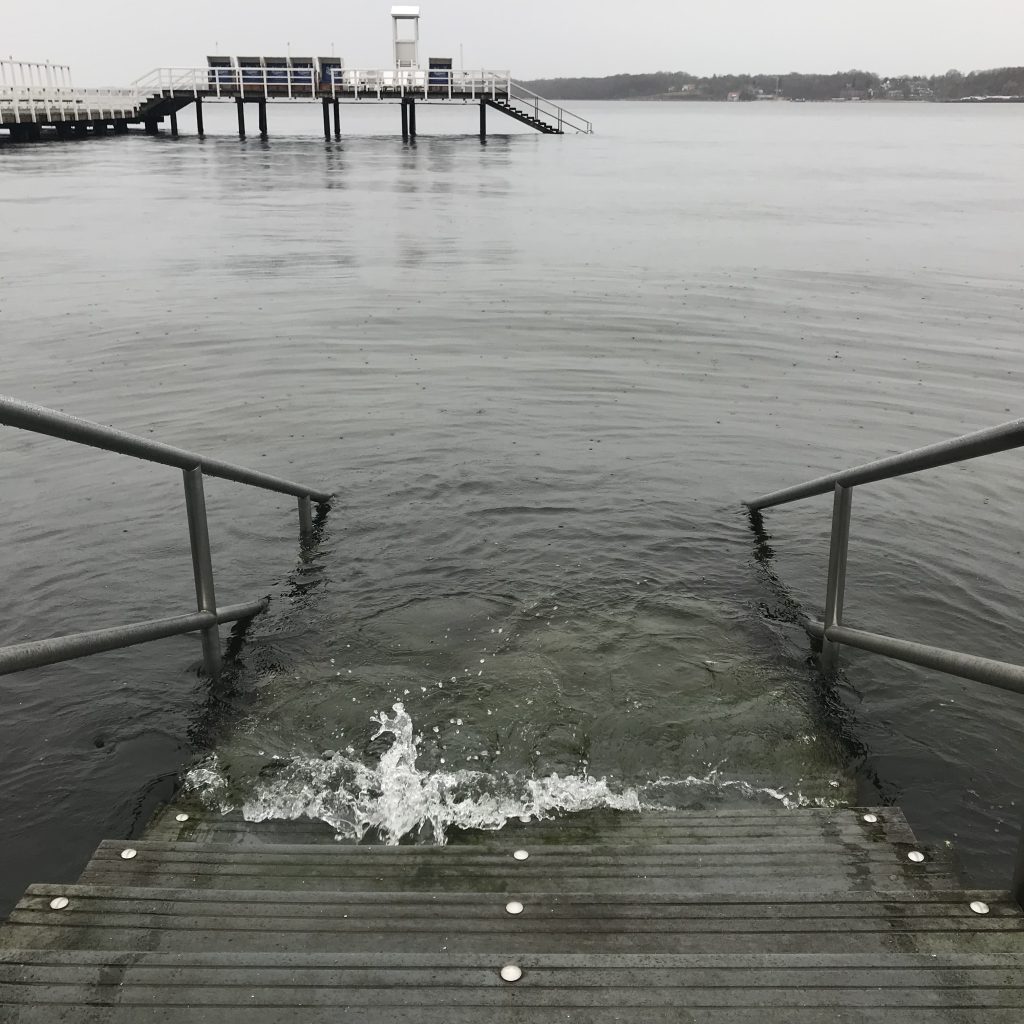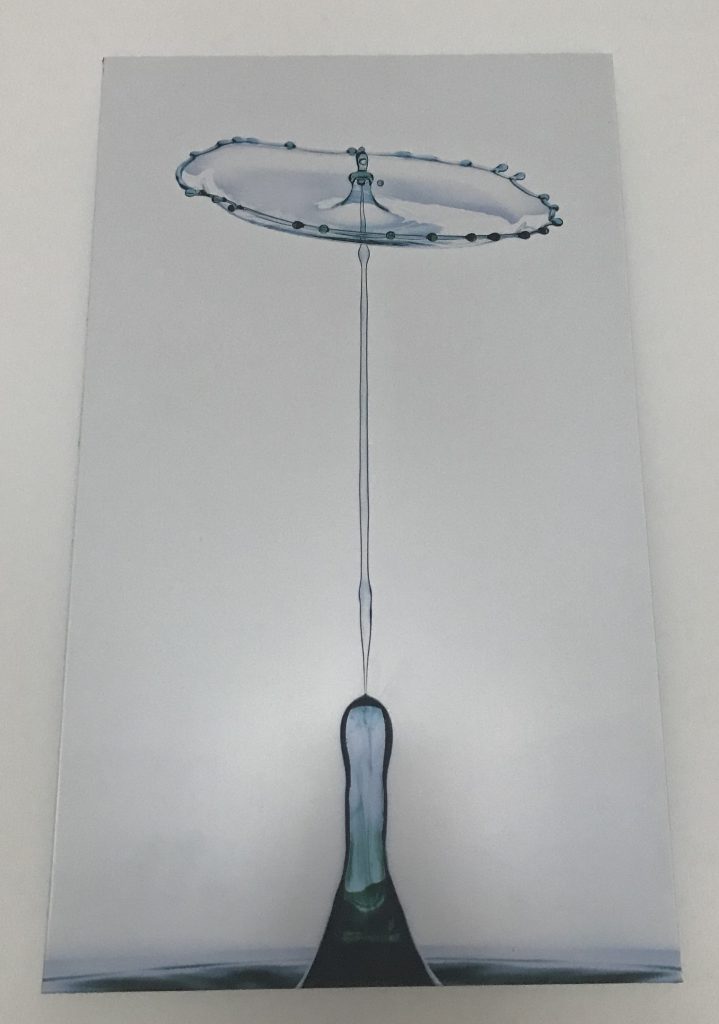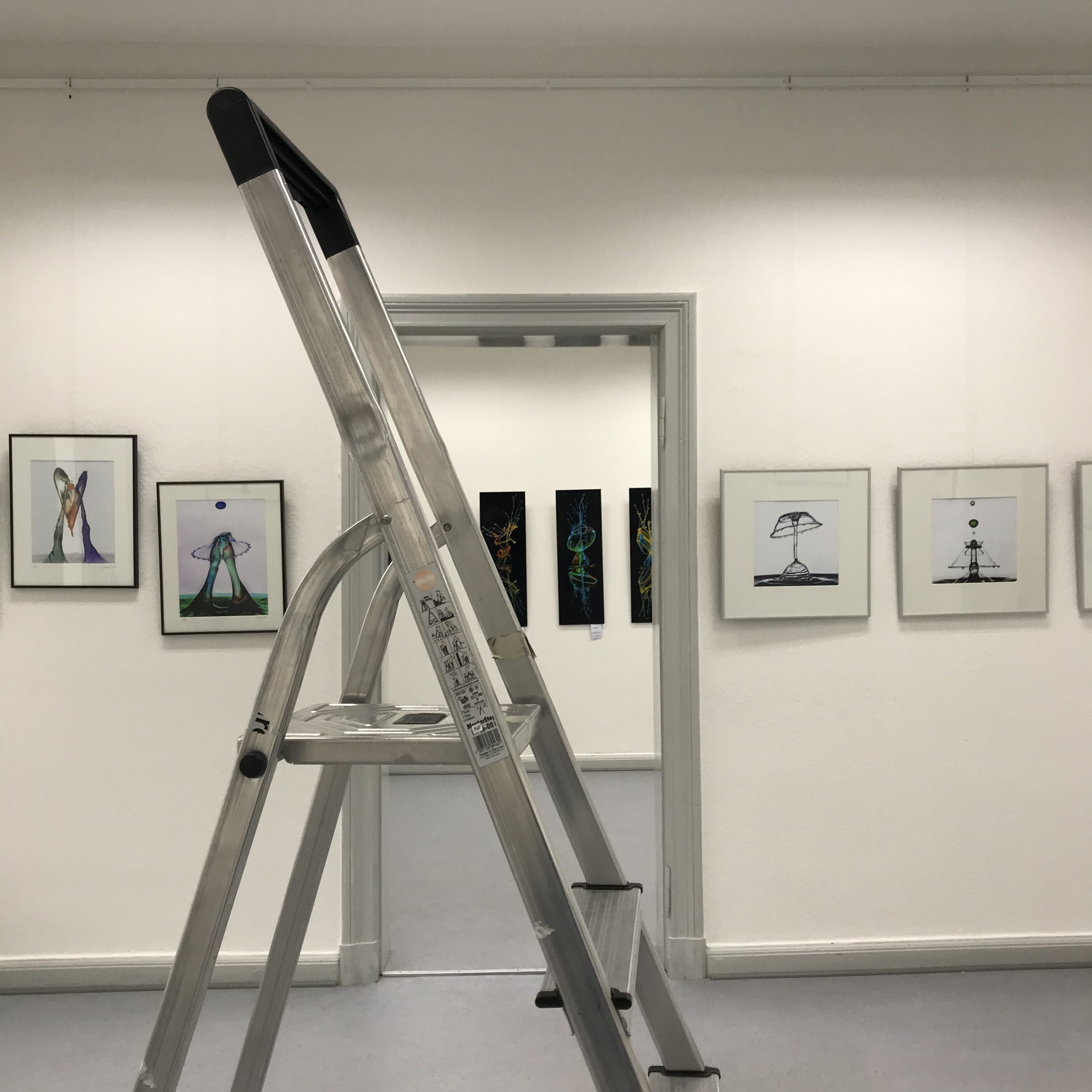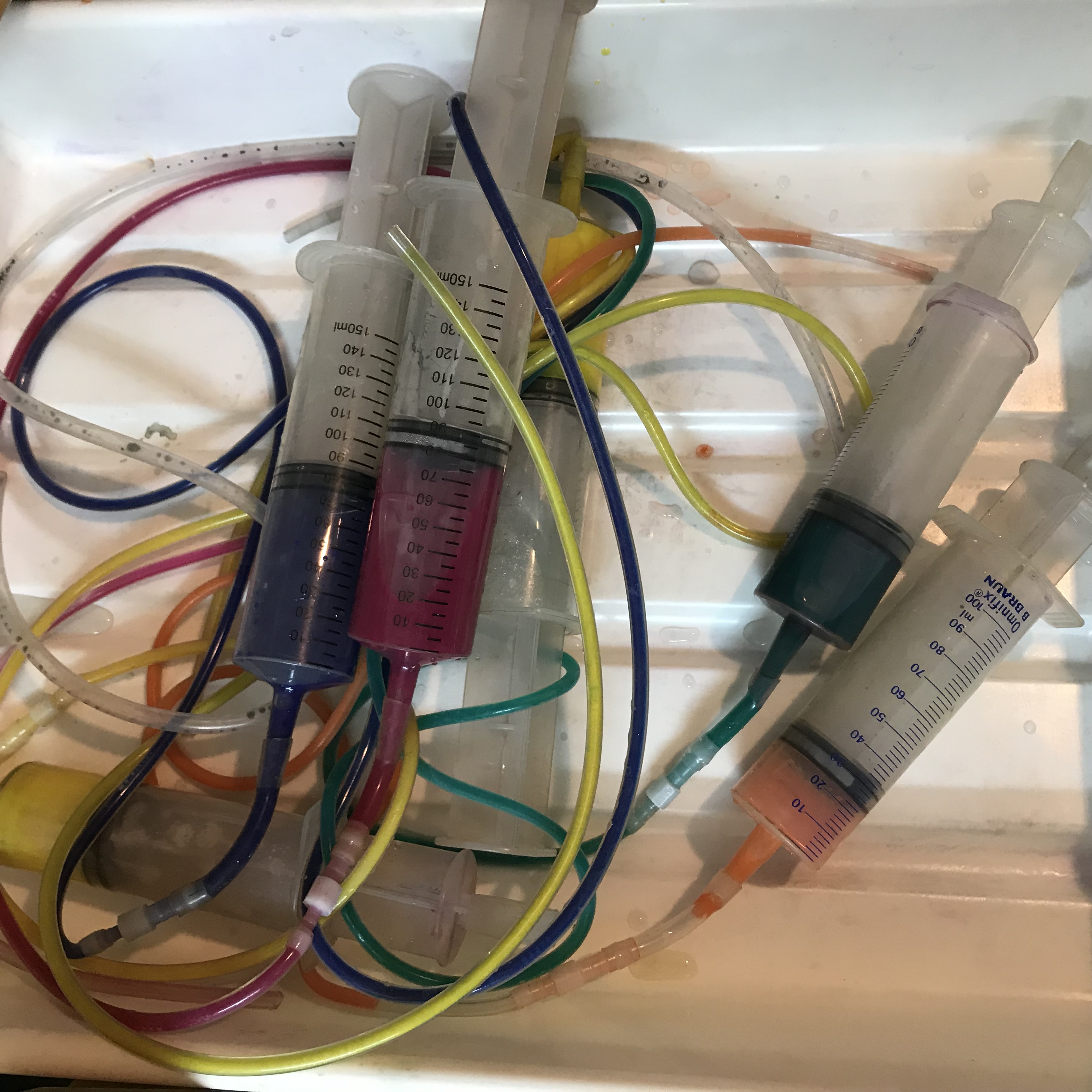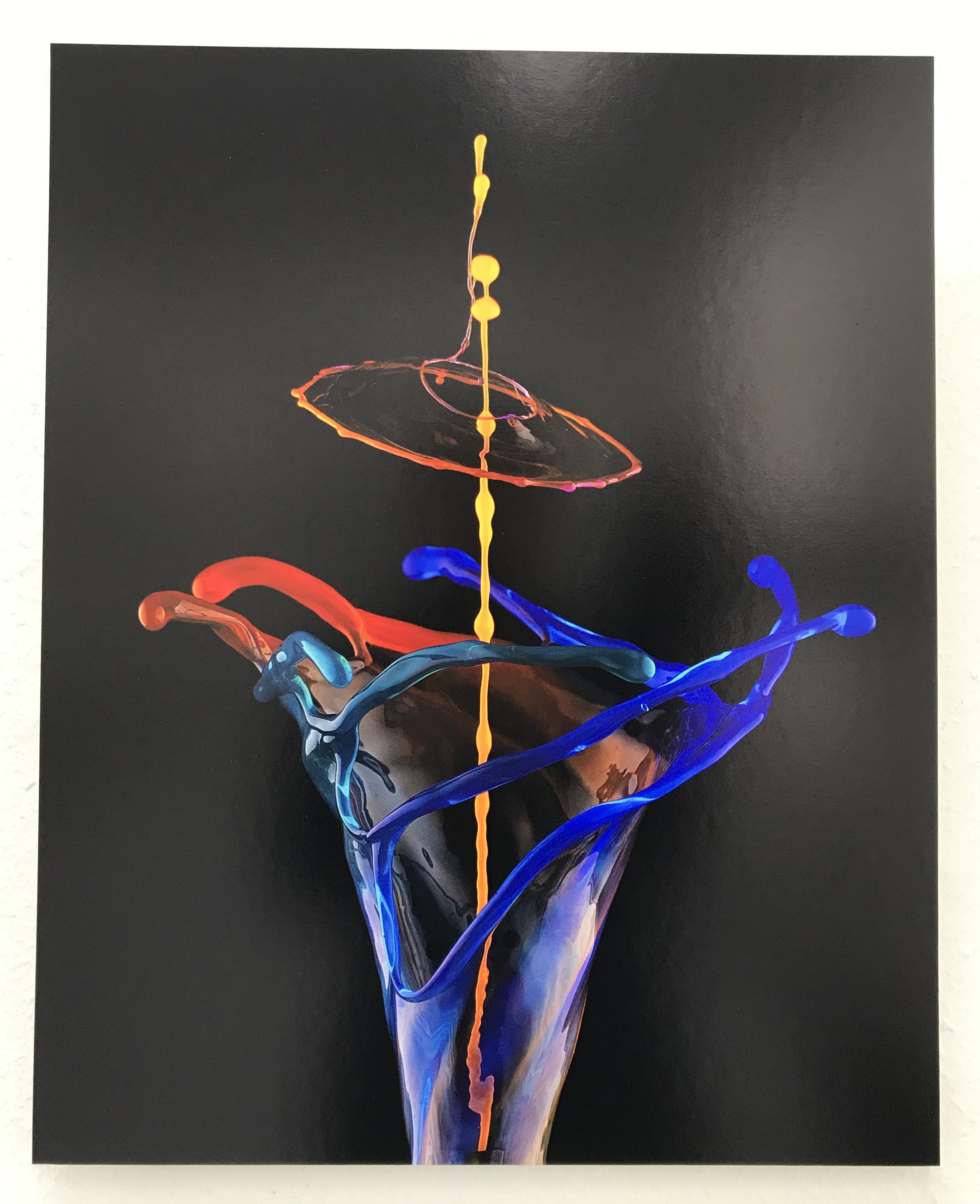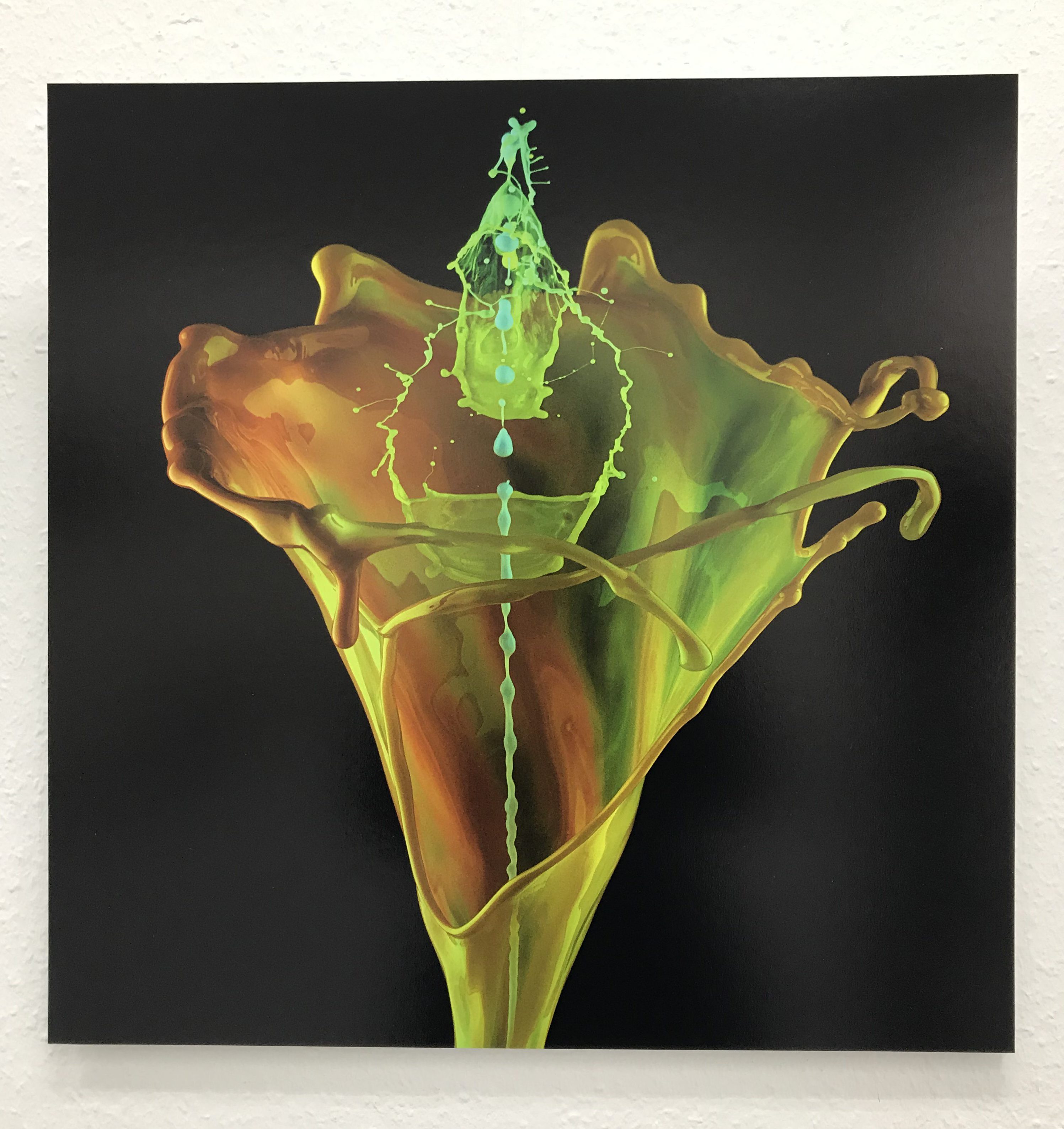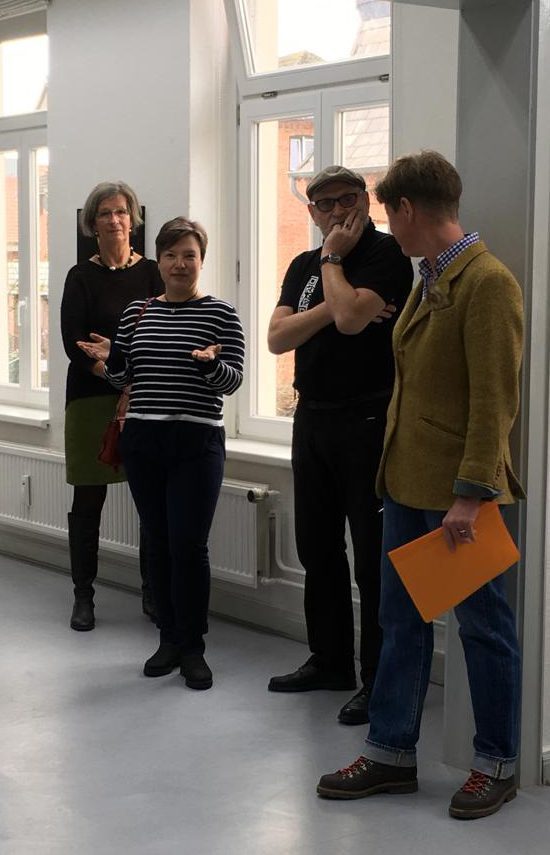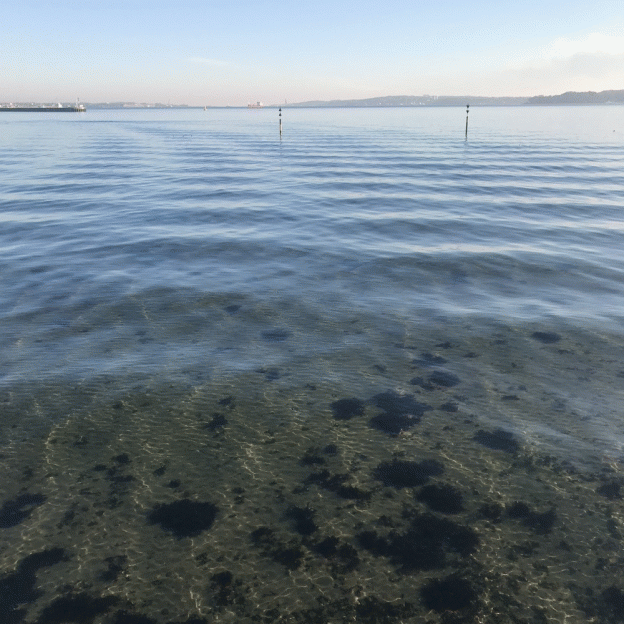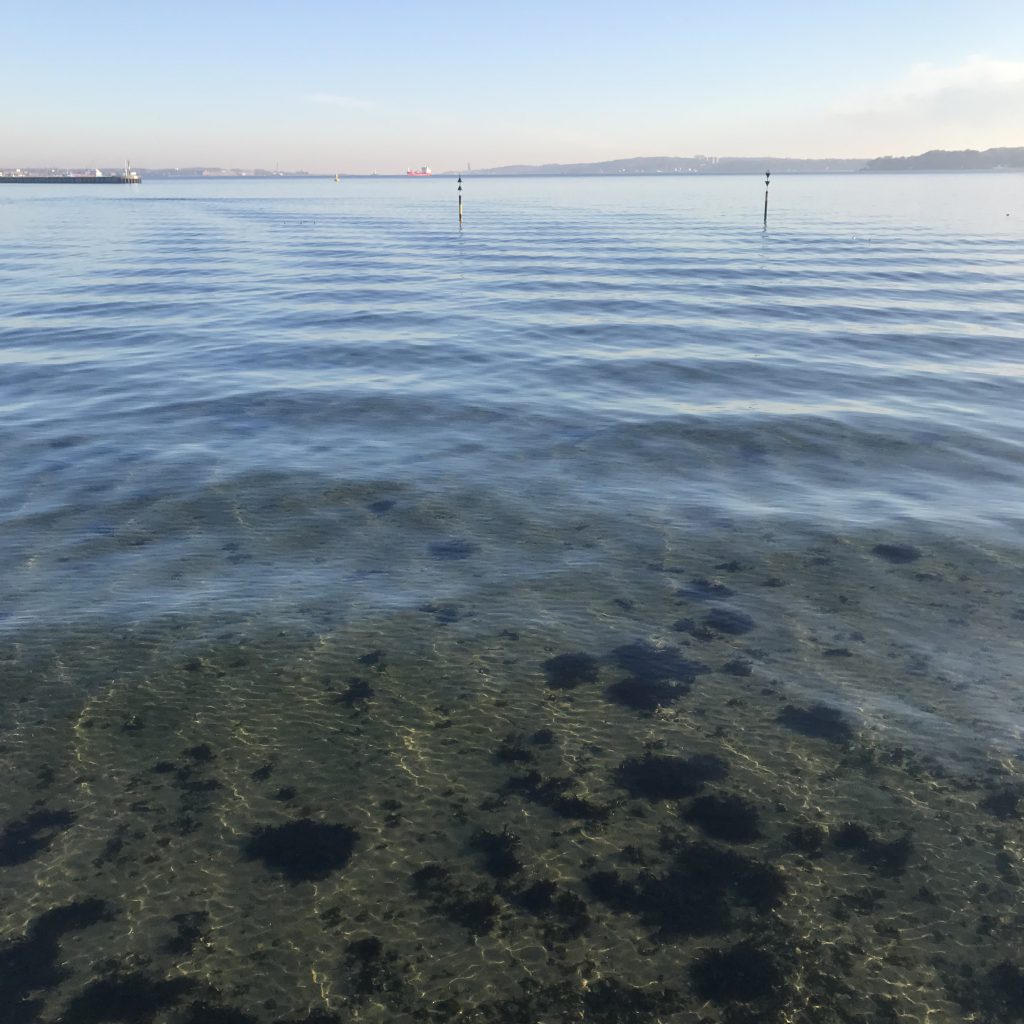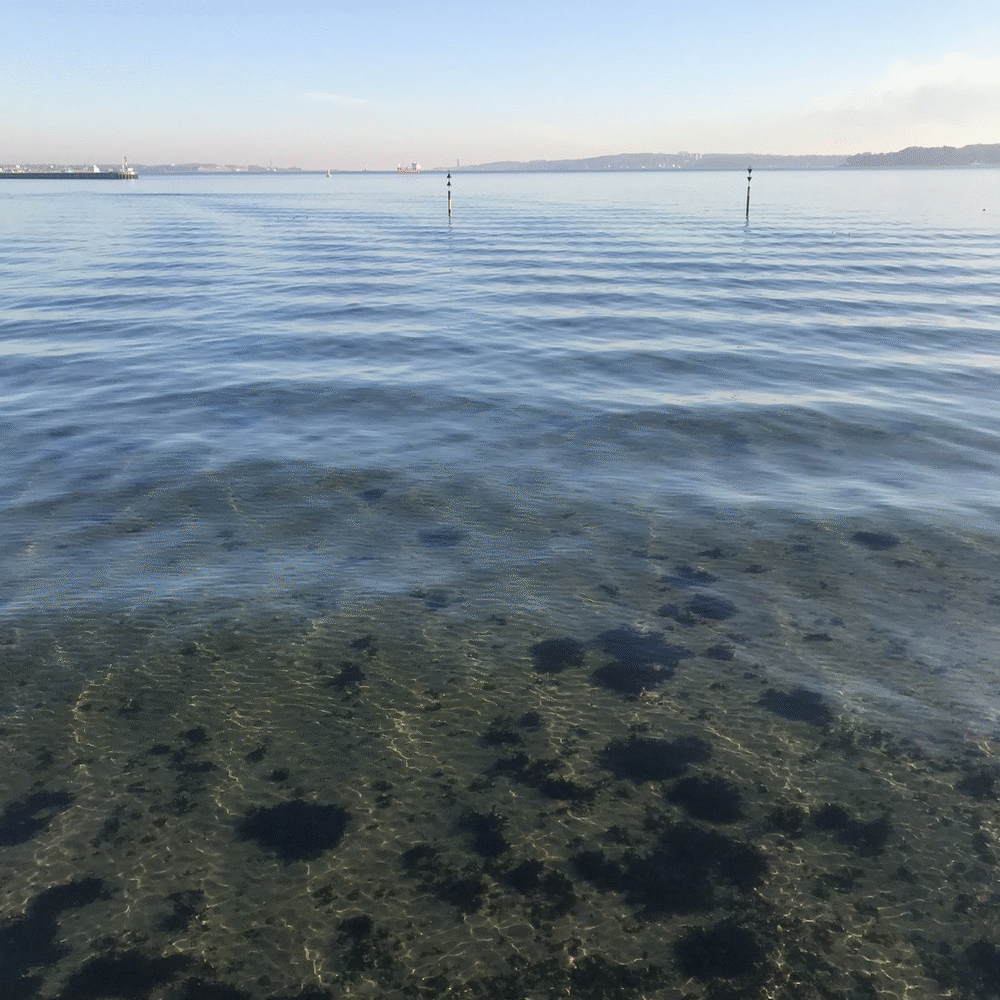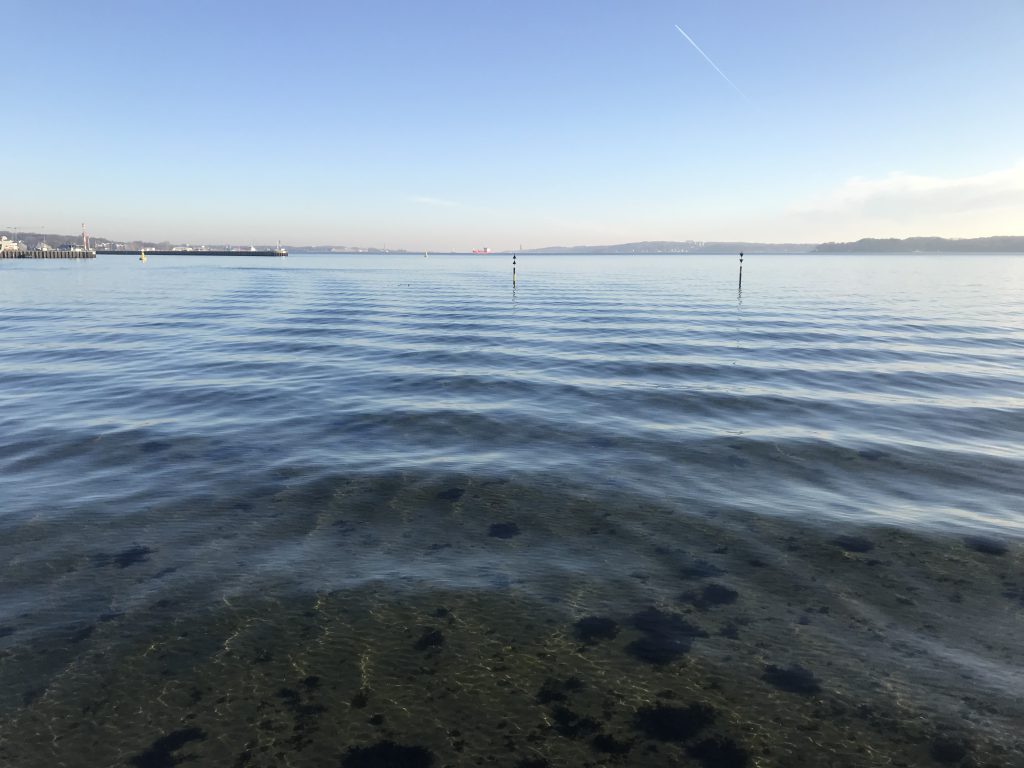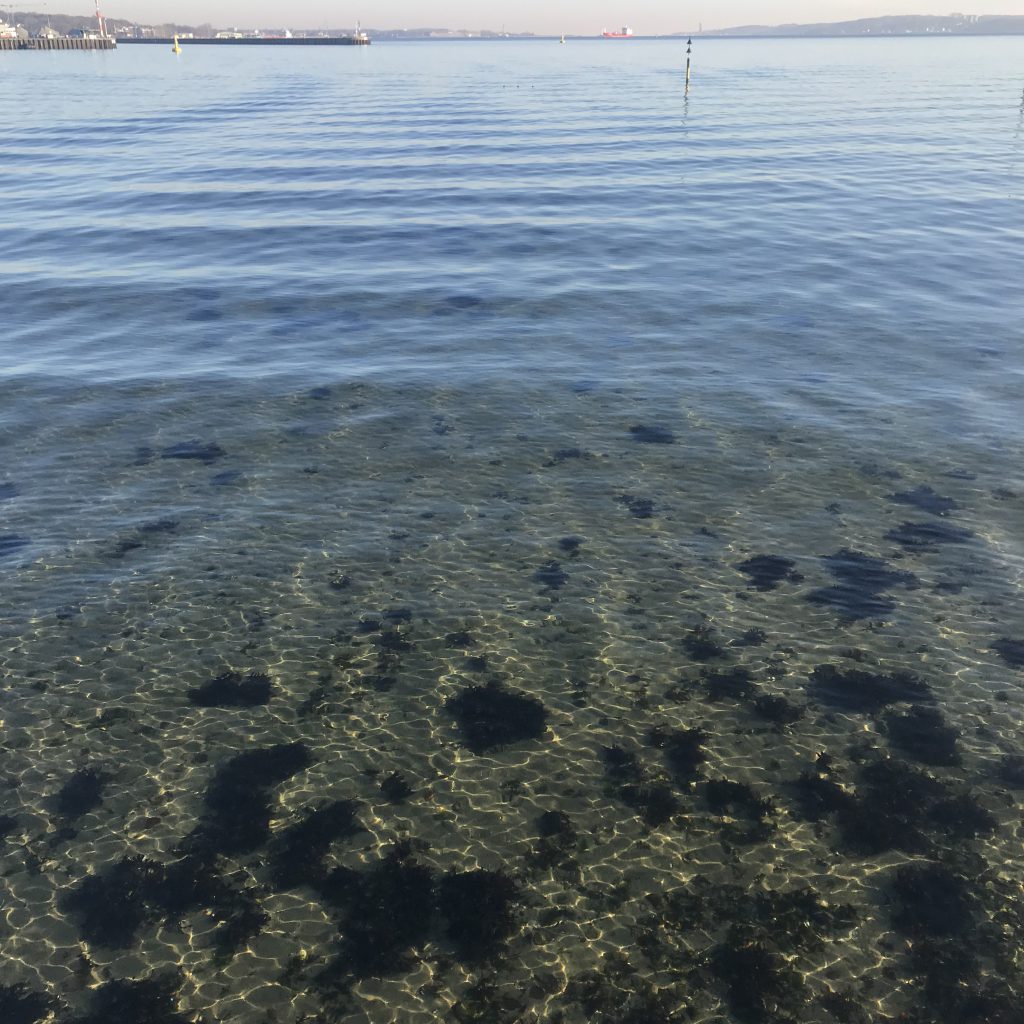You might remember that I had the honour of giving a speech at the opening of Wlodek Brühl’s art exhibition back in spring. Preparing my presentation for the Science in Public conference in Manchester next week (that I am immensely looking forward to!), I noticed I never posted the speech. Below is what I sent Wlodek in advance to prepare him for what I might say:
Lieber Wlodek, sehr geehrte Damen und Herren,
es ist mir eine große Ehre, die einleitenden Worte auf dieser Vernissage, dieser Eröffnung der Ausstellung von Werken Wlodek Brühls, zu sprechen und Sie hier Willkommen zu heißen.
Obwohl genau das die Wortbedeutung von „Laudatio“ist, ist mir ausdrücklich untersagt worden, den Künstler zu loben – vom Künstler selbst. Also werde ich heute lieber über Physik sprechen. Wenn Sie die Bilder von Herrn Brühl betrachten, denken Sie dann nicht auch sofort und unausweichlich über Physik nach?
Springbrunnen kennen wir zu Genüge, in Pfützen fallende Tropfen auch. Und letztendlich sehen wir hier genau das, wenn auch mit etwas mehr technischem Aufwand umgesetzt, um die entstehende Skulptur ganz genau beeinflussen zu können. Deshalb kommen uns die in diesen Fotografien gezeigten Formen seltsam vertraut vor – richtig gesehen haben wir sie aber noch nie. Auch wenn genau solche Strukturen um uns herum existieren (und dabei ist anzumerken, dass jede dieser Skulpturen einzigartig ist, wie auch keine Schneeflocke exakt einer anderen gleicht), mit bloßem Auge können wir sie nicht erkennen, weil sie nur für Bruchteile von Sekunden bestehen und unser Gehirn schlicht zu langsam dafür ist. Solche Skulpturen trotzdem bildlich festzuhalten gelingt mit vielen technischen Tricks: Mit computergesteuerten Ventilen, die Tropfen so auslösen, dass sie genau mit anderen Ventilen, dem Blitzlicht zur Beleuchtung und dem Auslöser der Kamera abgestimmt sind. Sichtbar werden dann Skulpturen und nicht nur verwischtes Wasser, weil die Skulpturen in einem stockdunklen Raum für ein Bruchteil einer Sekunde von einem Blitz beleuchtet werden, so dass trotz der längeren Belichtungszeiten der Kamera auf dem Bild nur dieser eine, enorm kurze Moment sichtbar wird, in dem es – exakt zum richtigen Augenblick – geblitzt hat.
Aber kommen wir zur Physik. Wenn Sie diese Ausstellung bei – aus physikalischer Sicht – einfacheren Bildern anfangen und sich dann langsam steigern möchten, würde ich empfehlen, in diesem Raum zu beginnen.
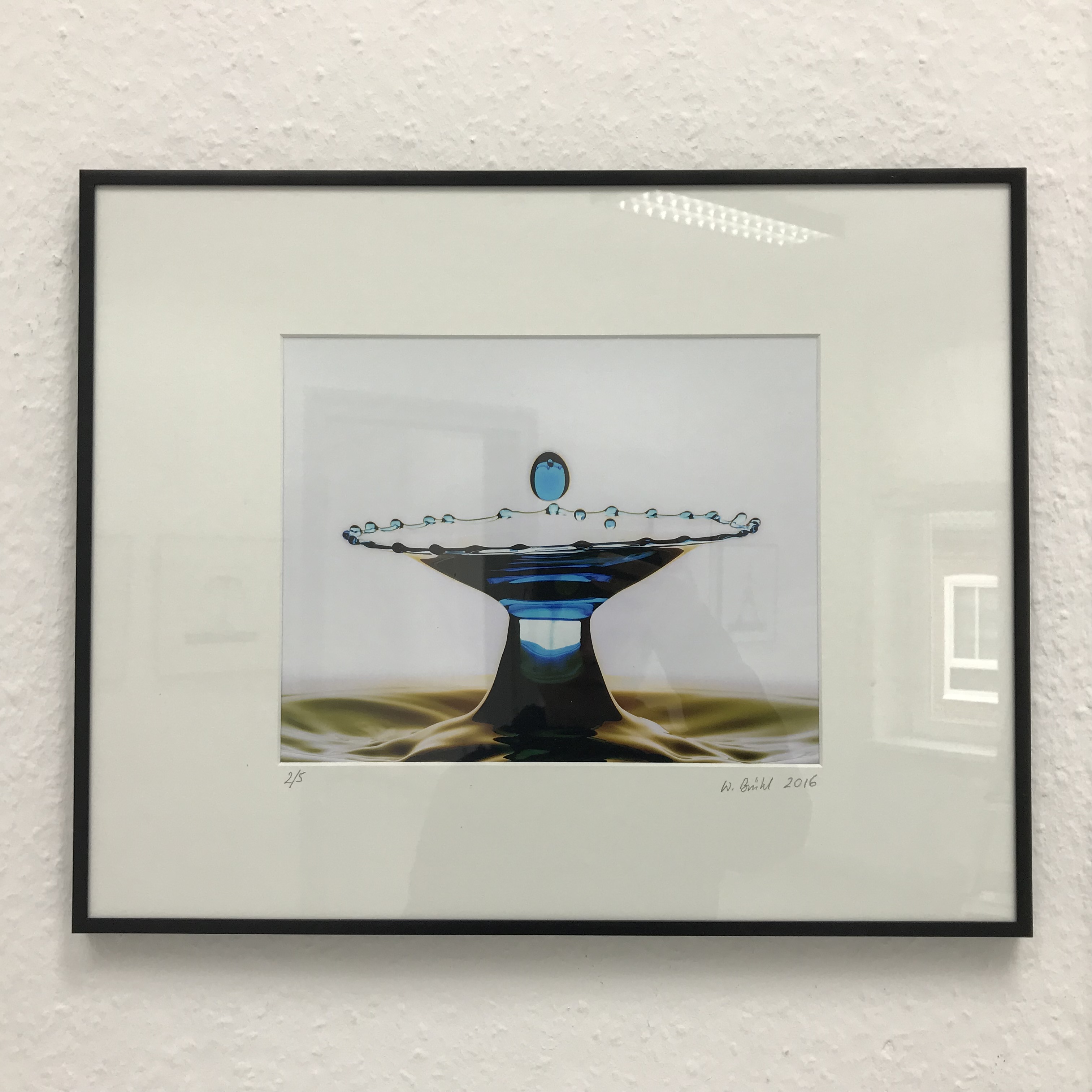
My picture of art by Wlodek Brühl, taken and published with kind permission.
Hier drängt sich mir zum Beispiel die Frage auf, warum die Skulpturen von unten aus dem Wasser nach oben zu wachsen scheinen, bevor sie sich ausbreiten, verzweigen? Der Schlüssel hier ist die Oberflächenspannung des Wassers. Die Wasseroberfläche, durch einen fallenden Tropfen nach unten ausgelenkt, schleudert den Tropfen wie ein Trampolin wieder nach oben und wölbt sich selbst hinterher, bäumt sich auf, bevor sie wieder in sich zusammen fällt. In einigen der Bildern kann man diesen nach oben geschleuderten Tropfen sogar noch erkennen.

My picture of art by Wlodek Brühl, taken and published with kind permission.
Und dann sehen wir im oberen Teil vieler der Skulpturen Formen, die wie Schirme oder Leselampen aussehen, oder wie Vasen. Warum sind diese Strukturen manchmal nach oben geöffnet, manchmal nach unten, manchmal voller filigraner kleiner Ärmchen am Rand? Das sind eigentlich schon zwei Fragen in einer. Die Form der Kelche hängt davon ab, wie schnell sich zwei Tropfen aufeinander zu bewegen und ob ein großer auf einen kleinen trifft oder umgekehrt. Die kleinen Ärmchen sind Instabilitäten, die entstehen, kurz bevor der Schirm zerfällt. Schirme ohne Ärmchen sind also genau in dem Moment belichtet und eingefangen worden, als noch alles stabil war. Bruchteile von Sekunden später wären auch sie instabil geworden.
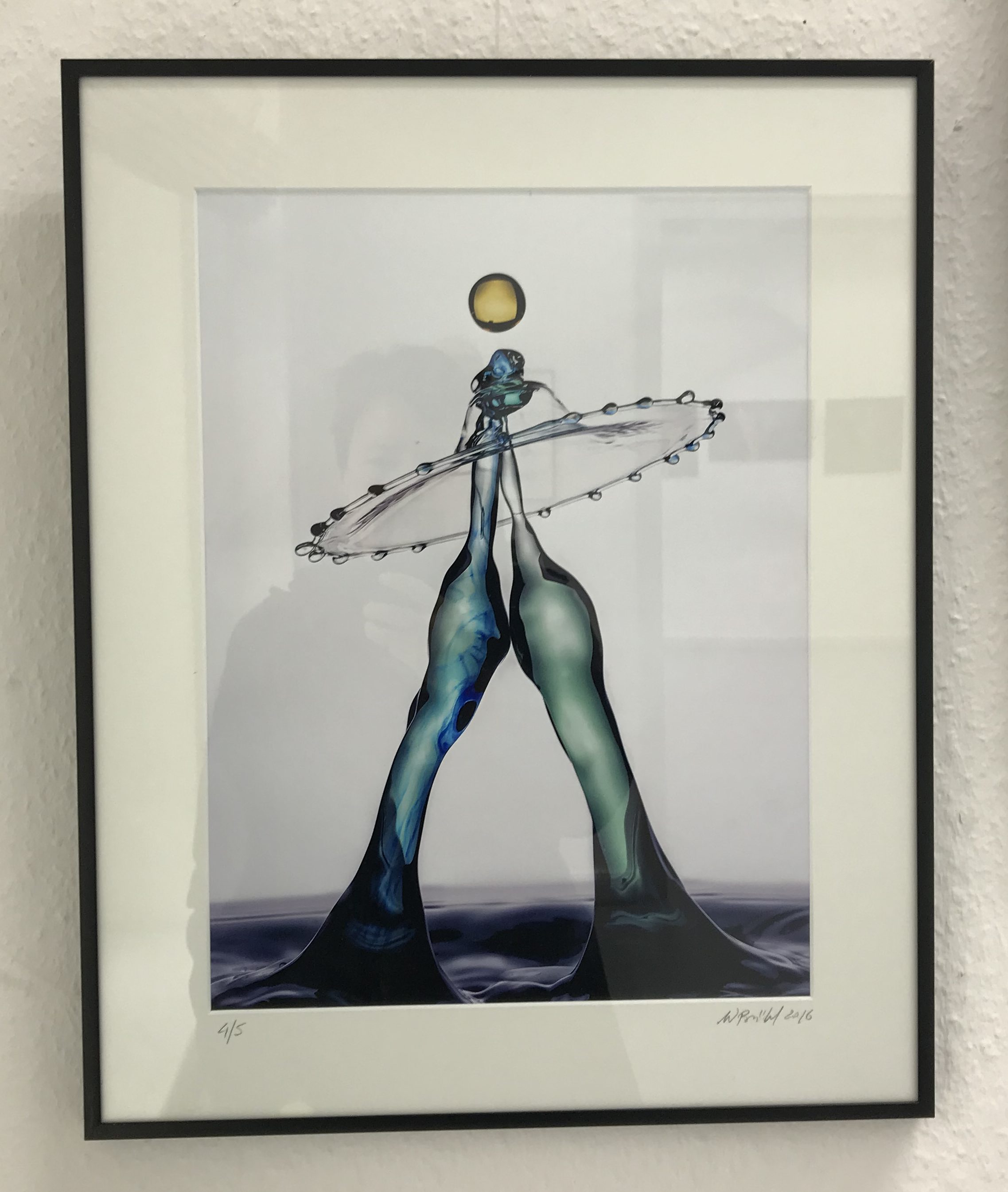
My picture of art by Wlodek Brühl, taken and published with kind permission.
Und wenn Sie mit diesem Blick durch diese Ausstellung gehen, werden Ihnen noch viele andere Fragen kommen. Manchmal, zum Beispiel, sehen wir Skulpturen, die auf zwei Säulen zu ruhen scheinen. Wie sind diese wohl entstanden? Und dann sind die Skulpturen farbig – und die Farben sind direkt in der Aufnahme entstanden und nicht nachträglich digital eingefärbt. Das wurde in diesem Raum durch farbige Blitze gemacht, in den anderen beiden Räumen durch eingefärbtes Wasser.
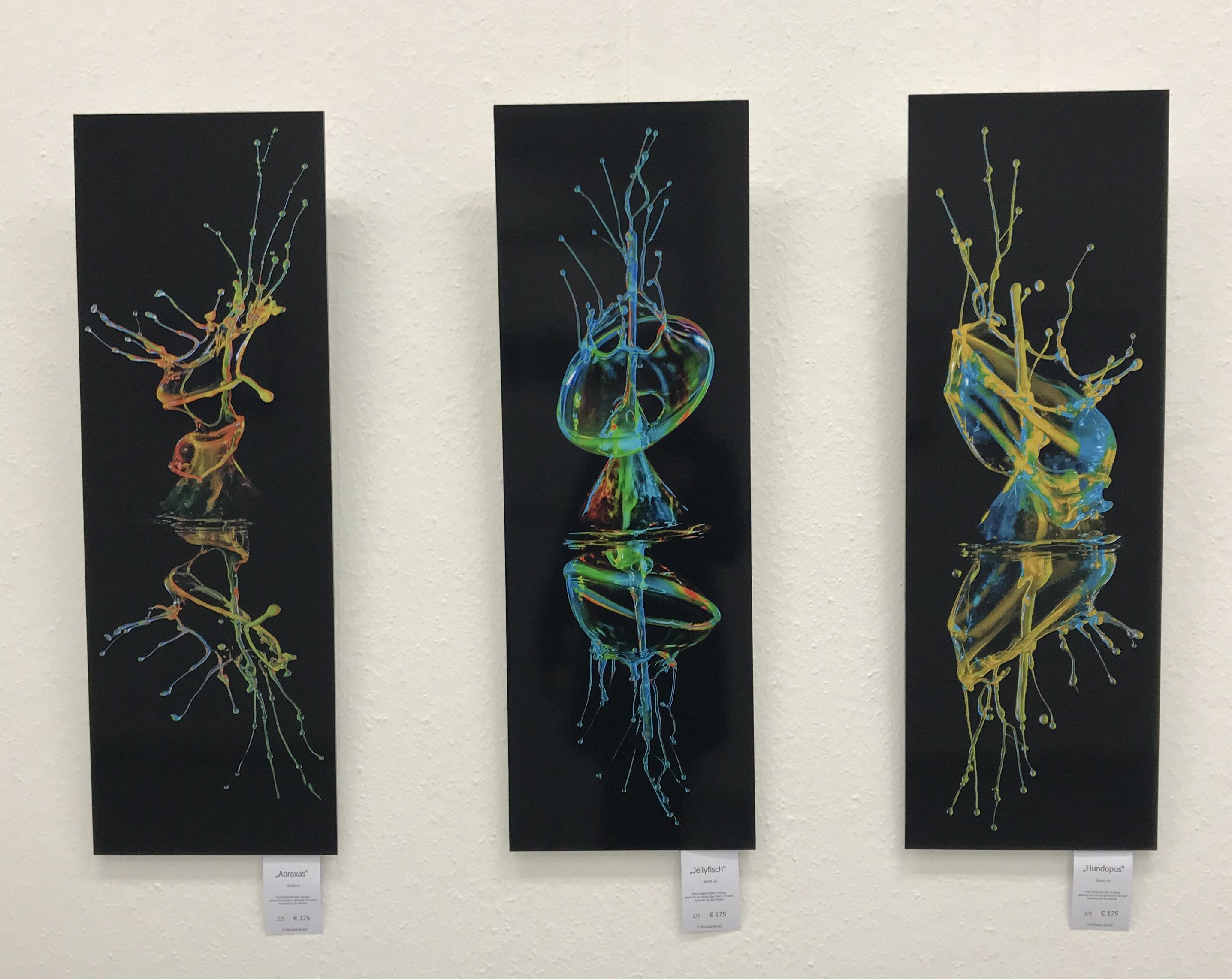
My picture of art by Wlodek Brühl, taken and published with kind permission.
Wenn Sie als nächstes dann in den Raum dort hinten weitergehen, sehen Sie Skulpturen, die an der Wasseroberfläche gespiegelt sind. Durch die Spiegelung hat man auf ein mal zwei unterschiedliche Perspektiven auf die Skulptur und kann jetzt Strukturen noch genauer beobachten, um über sie nachzudenken.

My picture of art by Wlodek Brühl, taken and published with kind permission.
Im dritten Raum sehen Sie die neuesten Kunstwerke von Herrn Brühl, die vor wenigen Wochen erst entstanden sind. Hier wird die Physik noch komplexer. Zusätzlich zu all dem, was ich gerade schon über fallende Tropfen erzählt habe, kommen hier noch mit Druckluft angetriebene Fontänen hinzu. Und zwar einfache, die in der Mitte der Skulptur gerade nach oben schießen, und dann auch solche, die aus einer sich drehenden Turbine nach oben und außen geschleudert werden, erst einen Kelch bilden und dann in einzelne Tentakel zerfallen. Und in diesen Bildern sieht man manchmal auch die Schlieren und Pigmente der verwendeten Farben!
Wenn man wollte, könnte man an jedem einzelnen Kunstwerk stundenlang beobachten, grübeln und diskutieren. Wie sähe eine Skulptur wohl aus, wenn ein Tropfen größer gewesen wäre als er war, oder etwas später gefallen, oder vielleicht aus einer anderen Höhe? Oder wenn das Bild Sekundenbruchteile eher oder später gemacht worden wäre und uns damit einen anderen Zeitpunkt der Entwicklung und des Zerfalls der Skulptur gezeigt hätte? Was, wenn anstelle von Wasser zum Beispiel mit Honig gearbeitet würde? An Ihren Gesichtern sehe ich, dass diese Fragen Sie schon jetzt faszinieren. Das ist genau die Physik, die ich speziell bei den Tropfenskulpturen von Herrn Brühl so fesselnd und aufregende finde!
Ich wünsche Ihnen viel Spaß in dieser Ausstellung – dass Sie die beeindruckende Kunst von Herrn Brühl als Kunst genießen können, aber dass Sie sich vielleicht an manchen Stellen auch fragen, wie genau er es wohl geschafft hat, solch ein Meisterwerk entstehen zu lassen. Ich bin mir sicher, dass Herr Brühl Ihnen gerne Rede und Antwort stehen wird! In diesem Sinne: Herzlich Willkommen!
